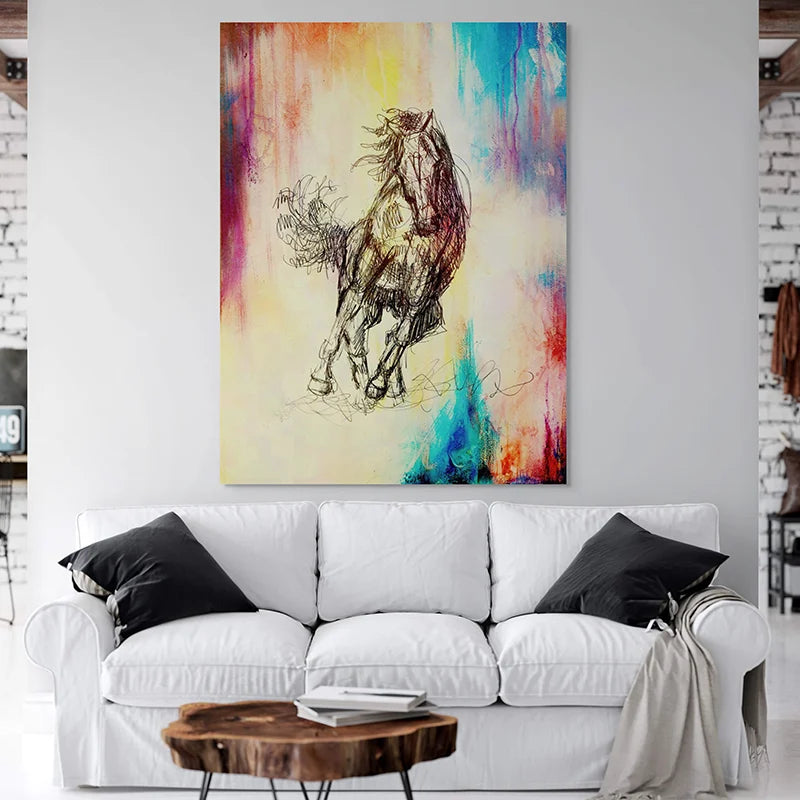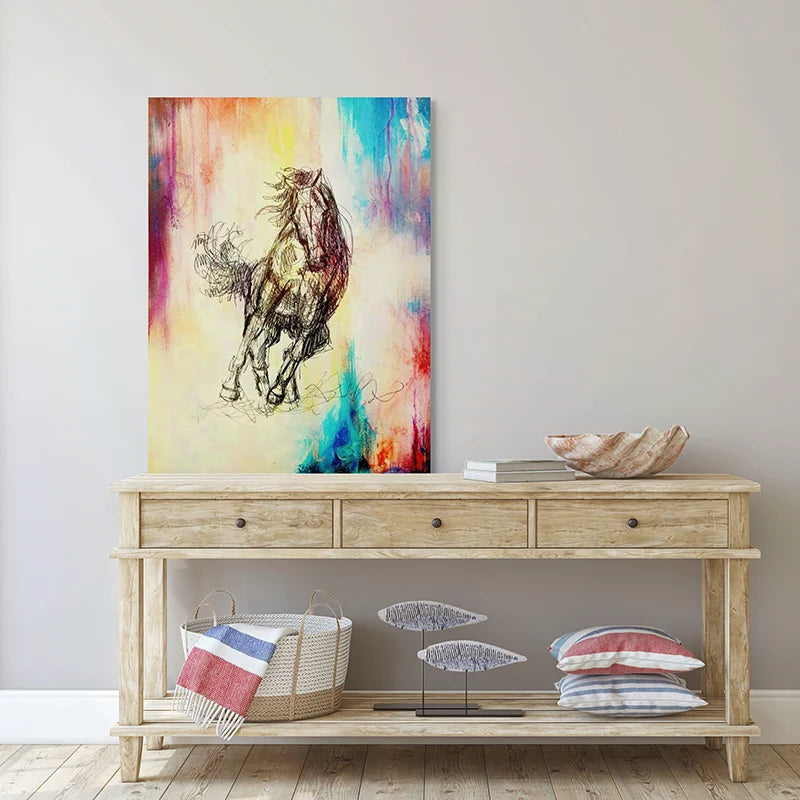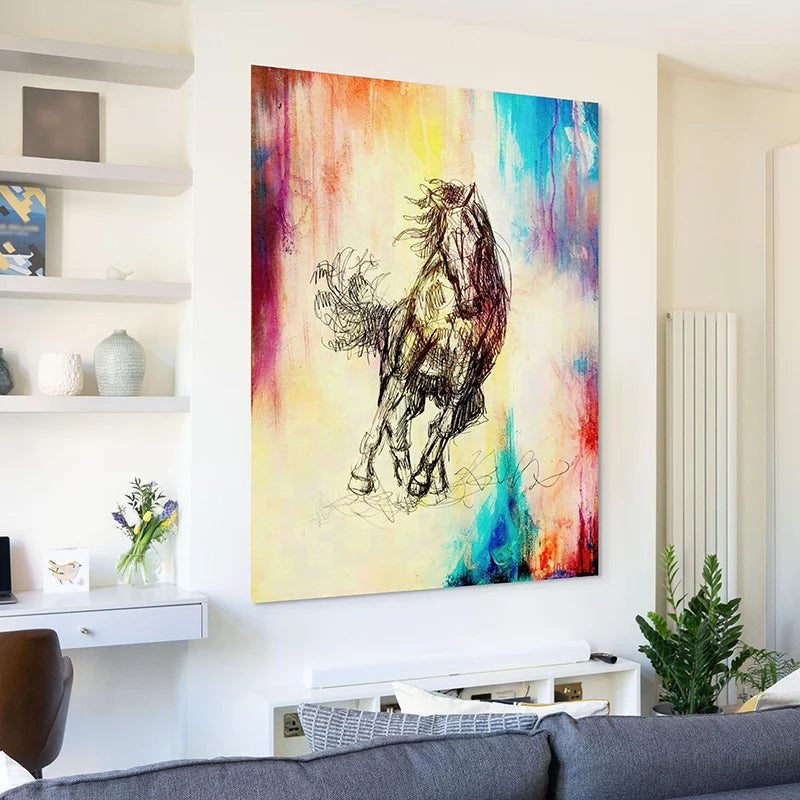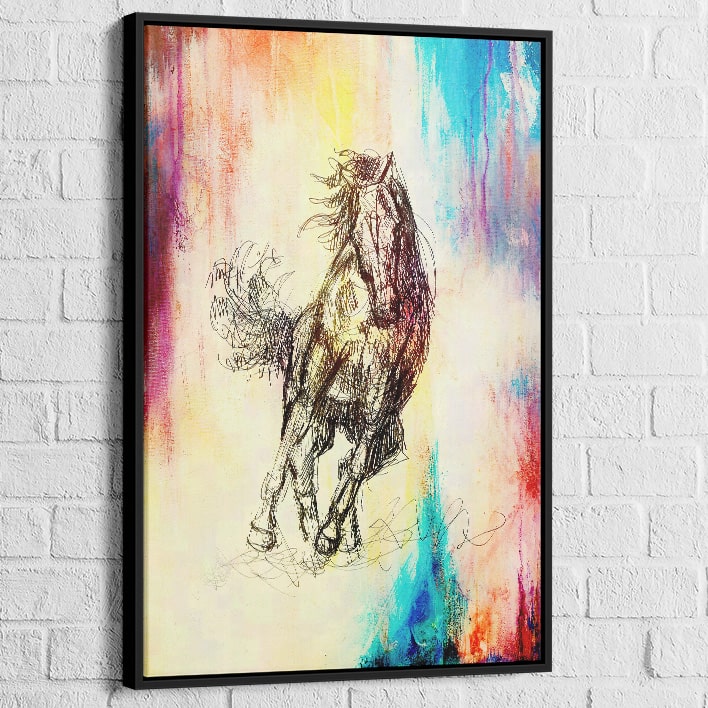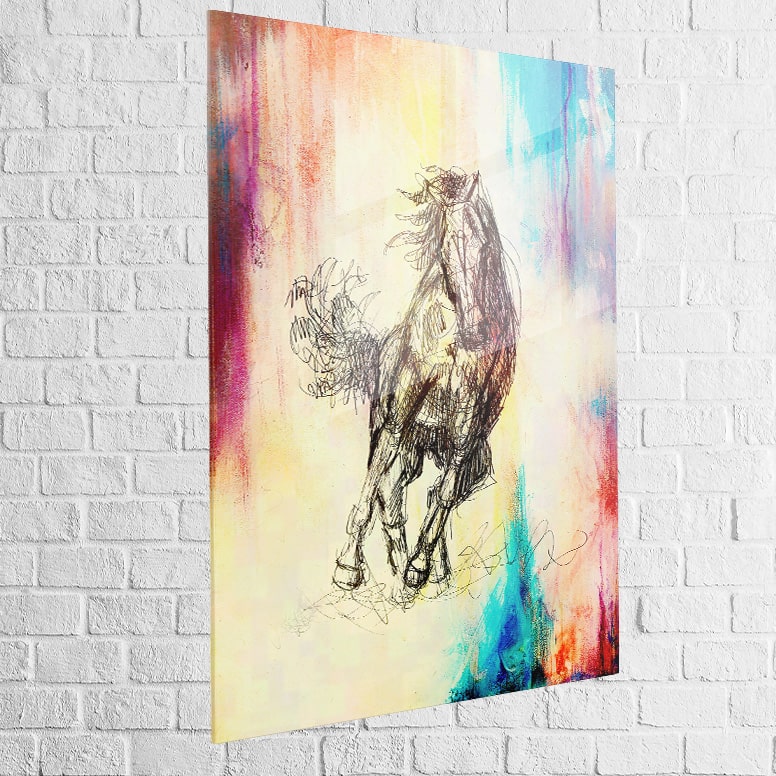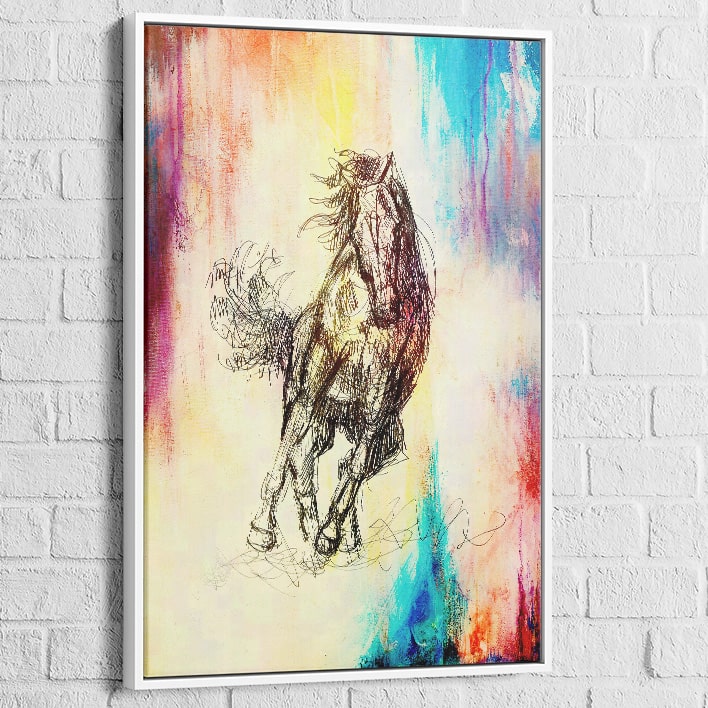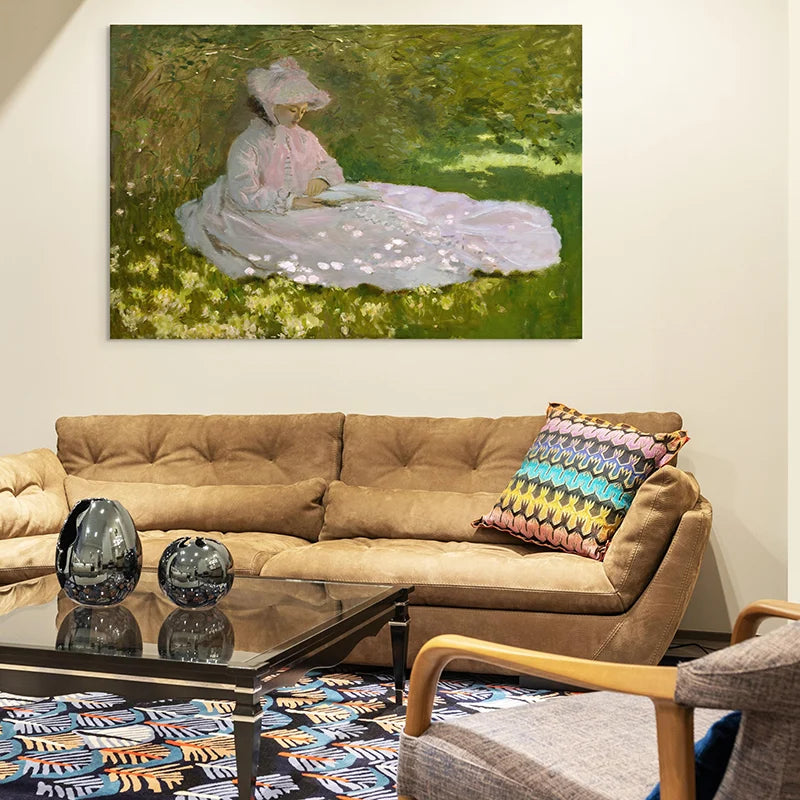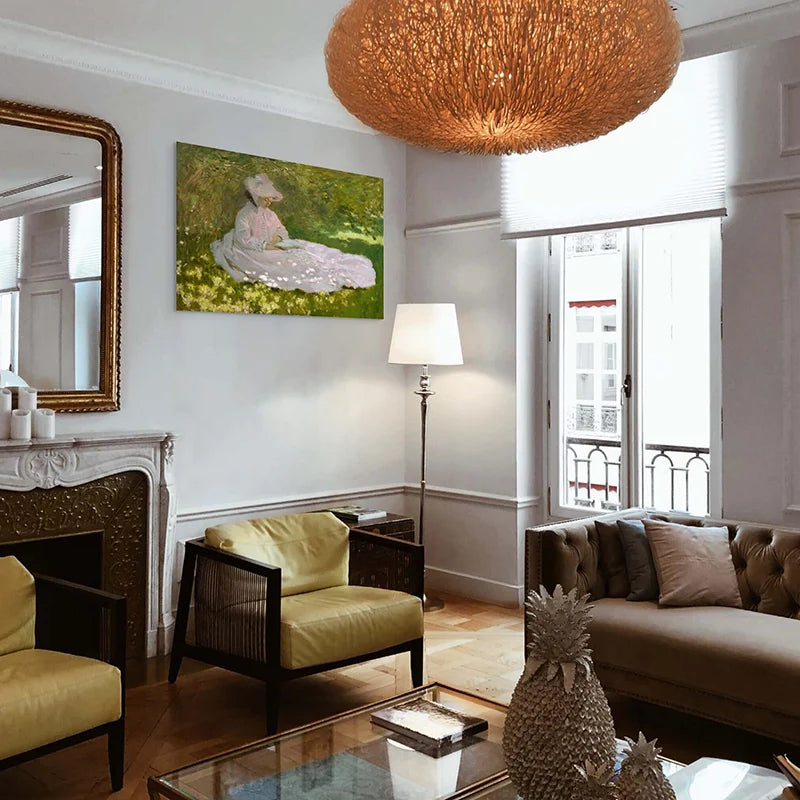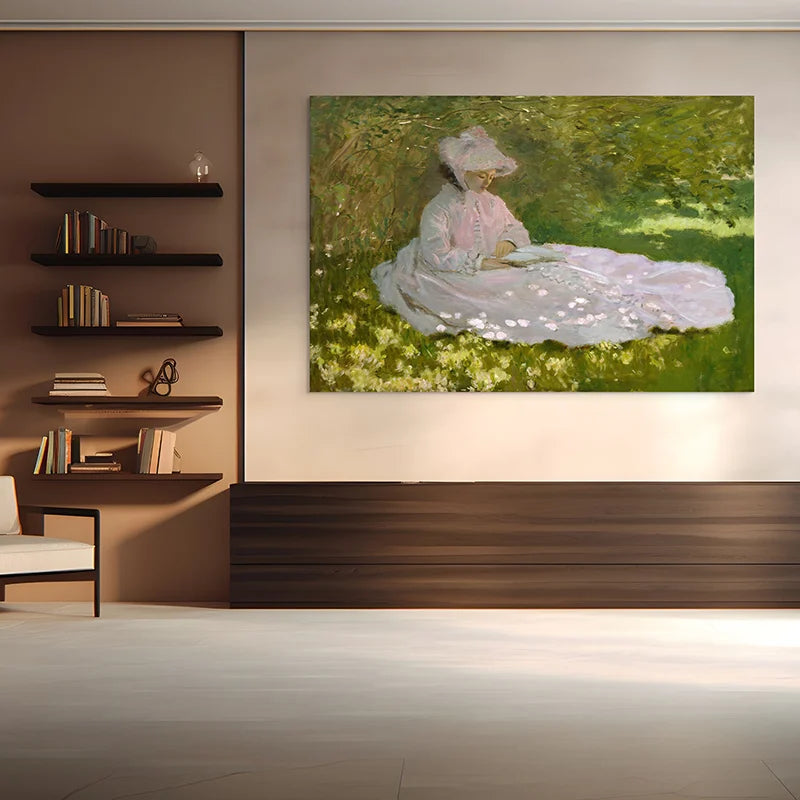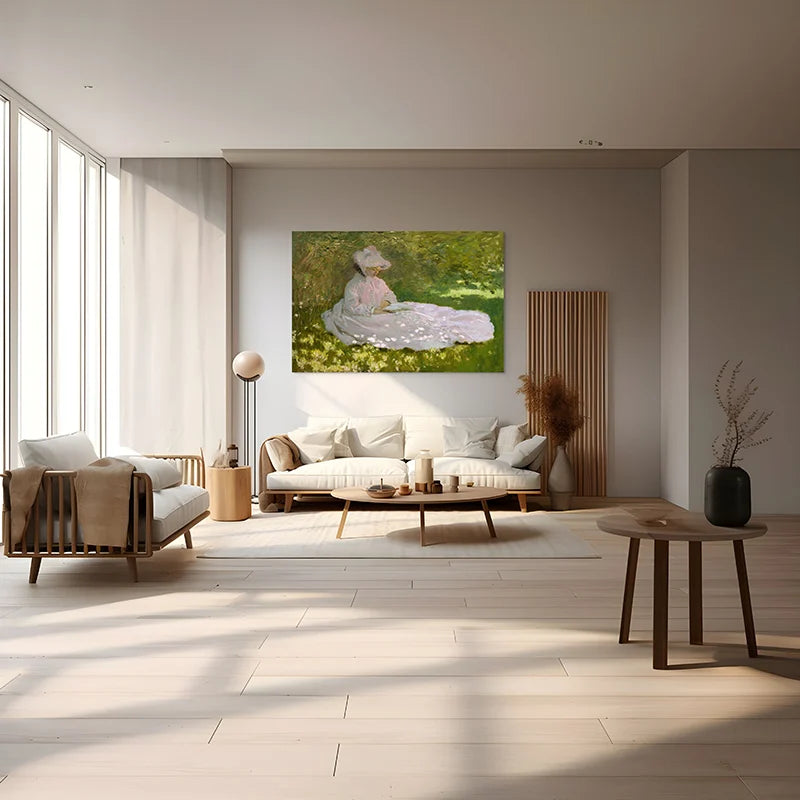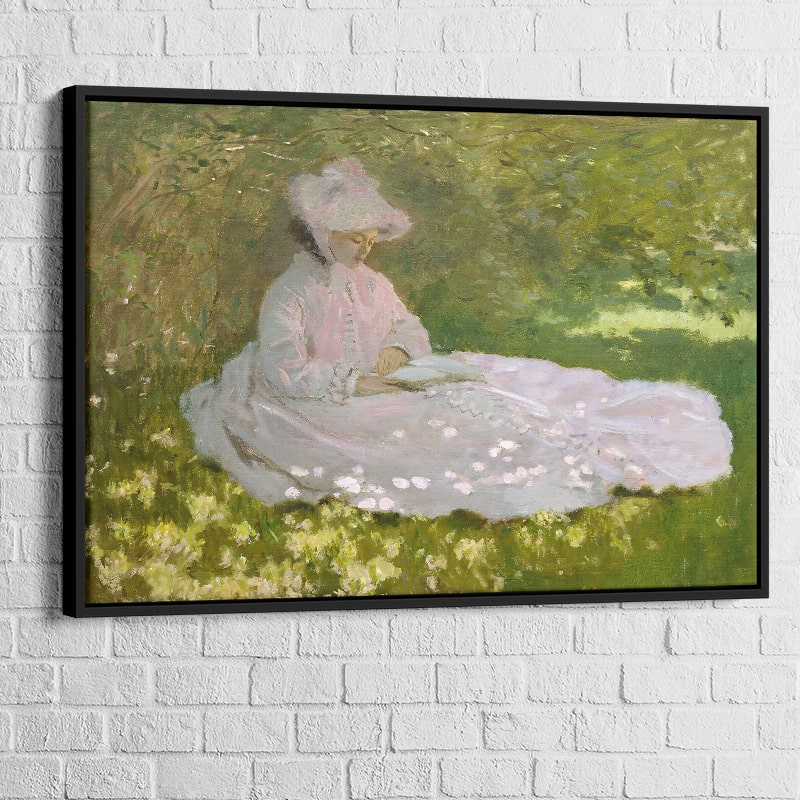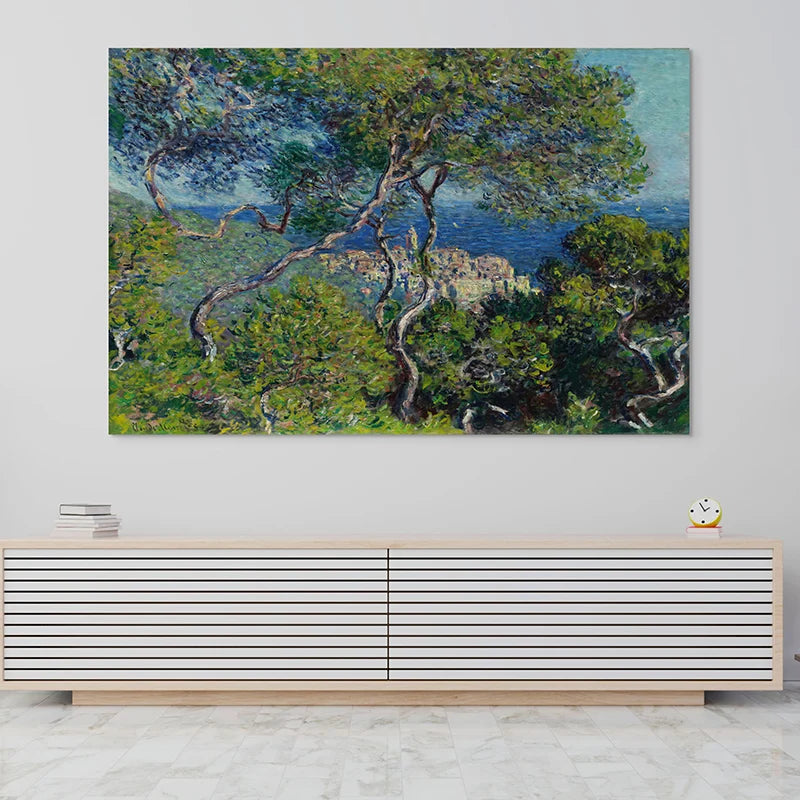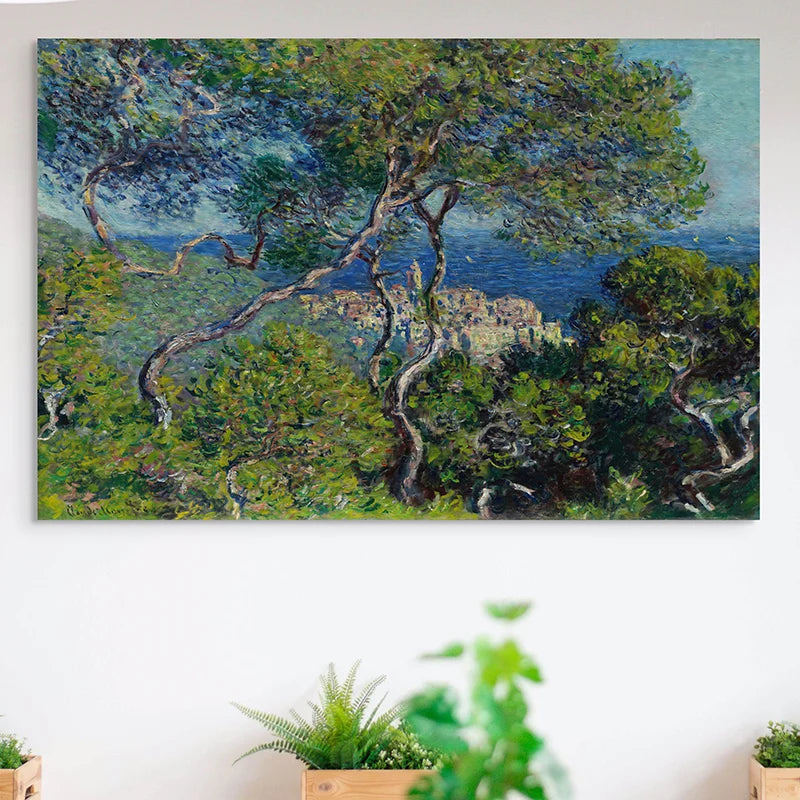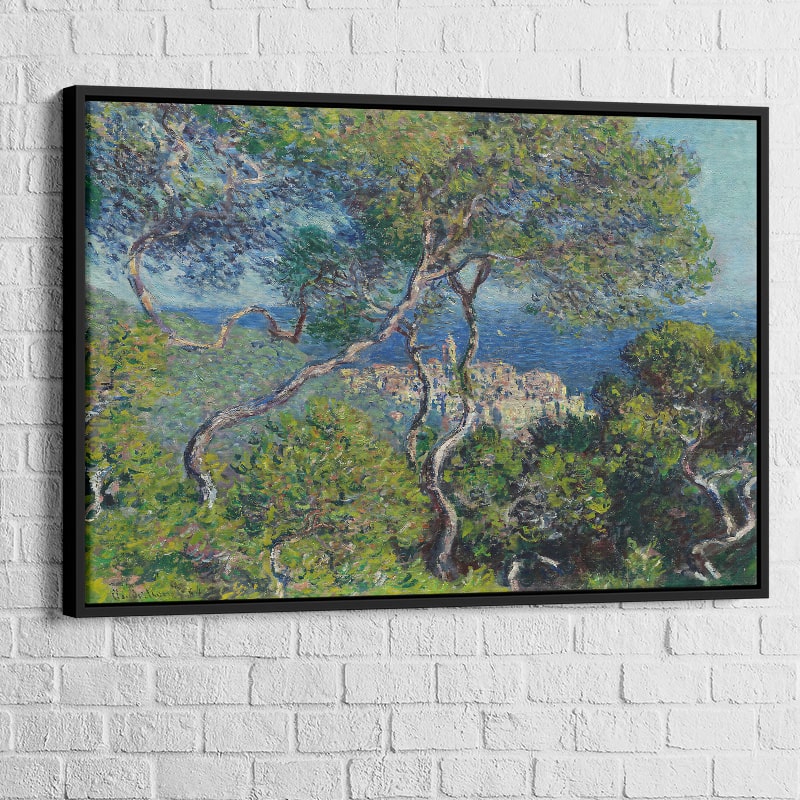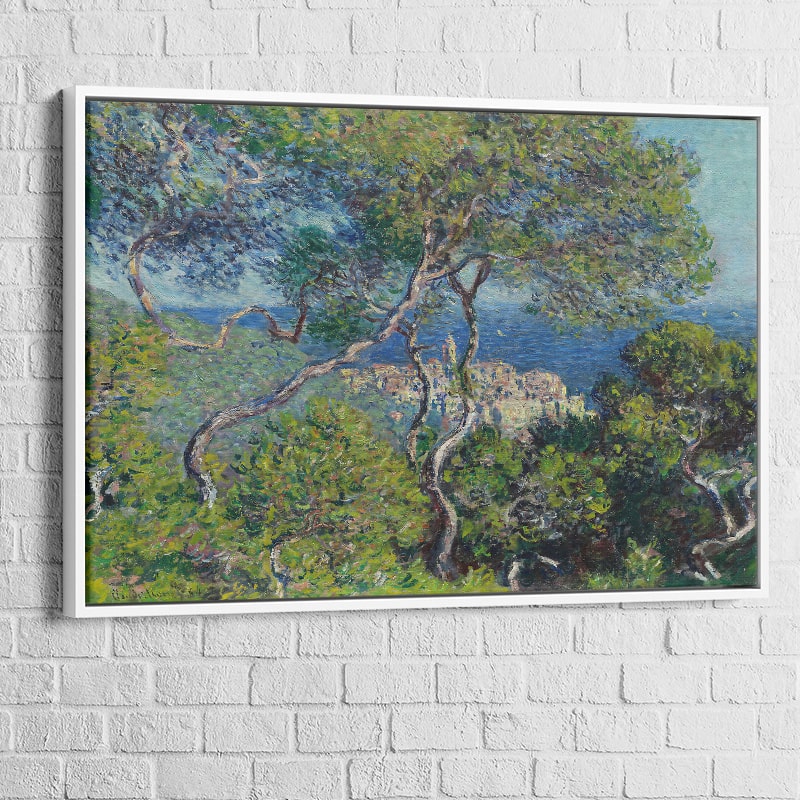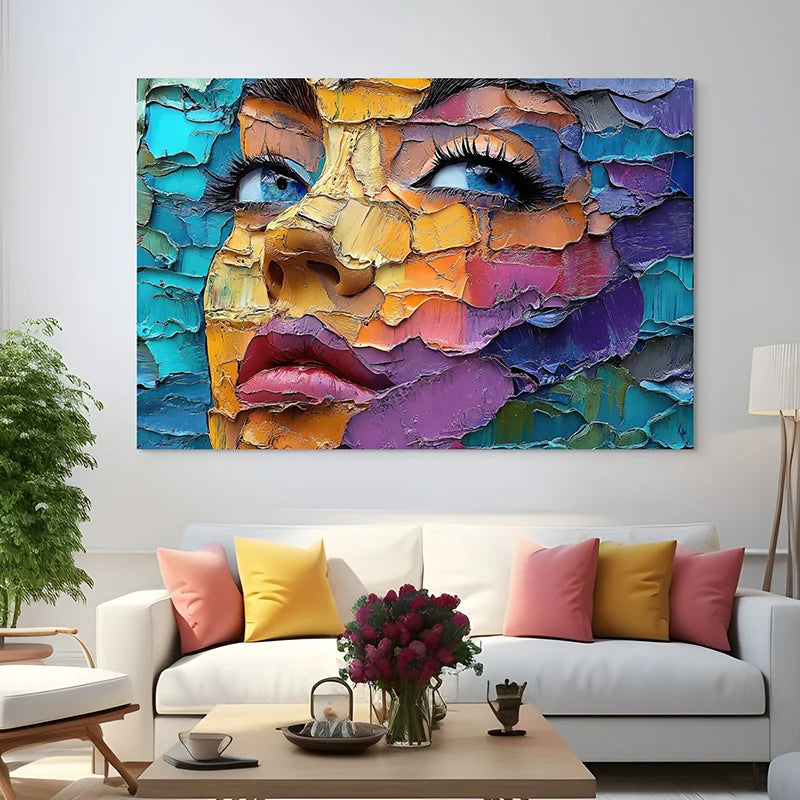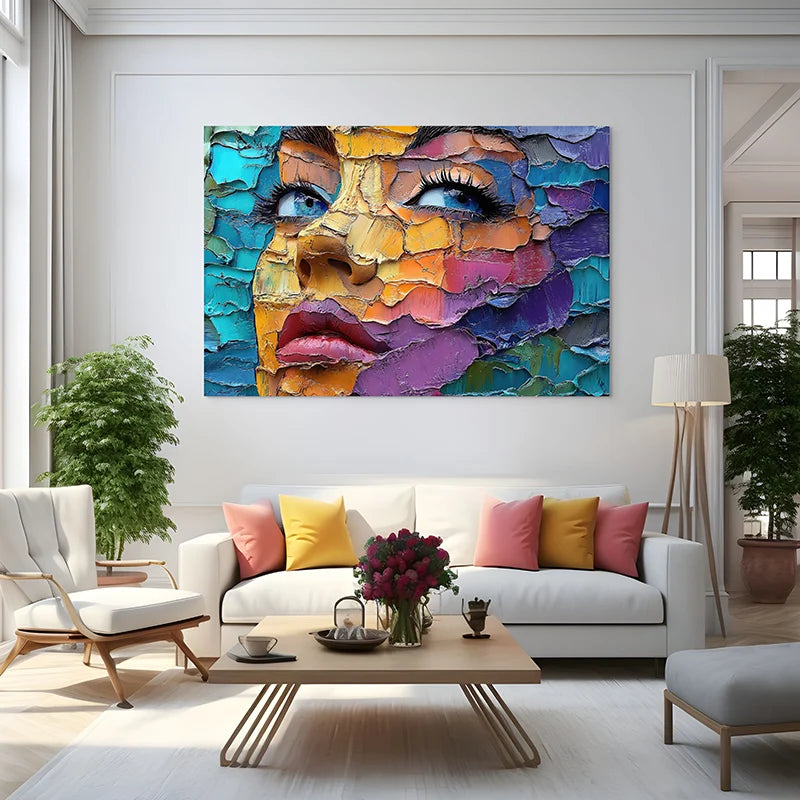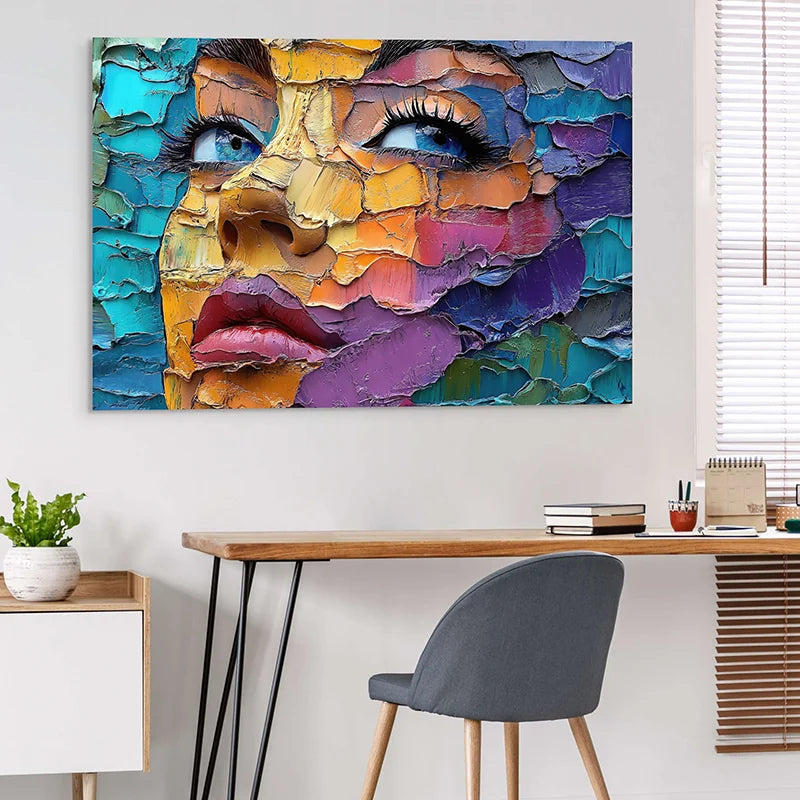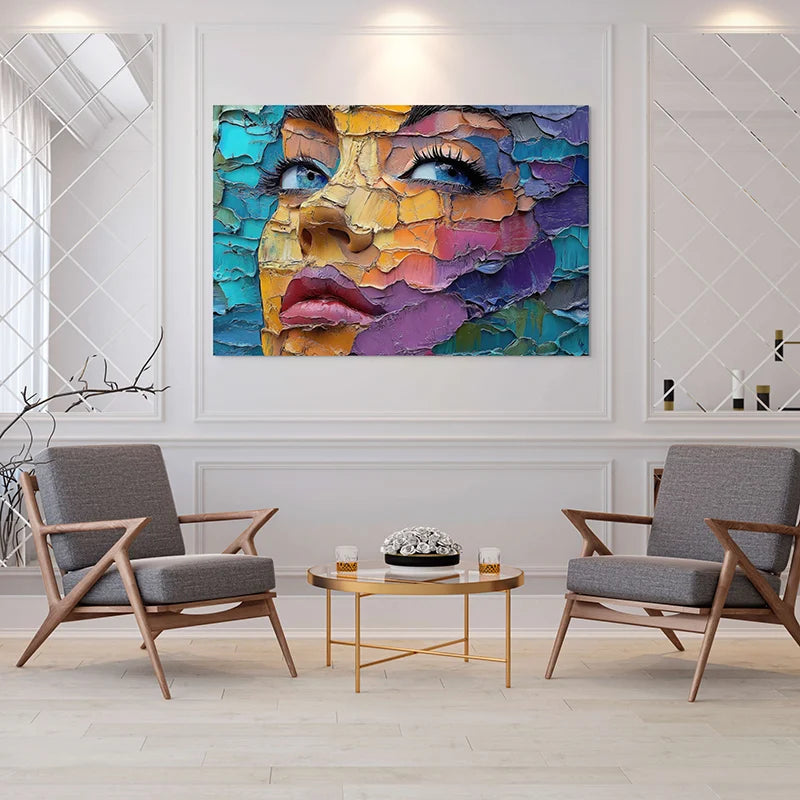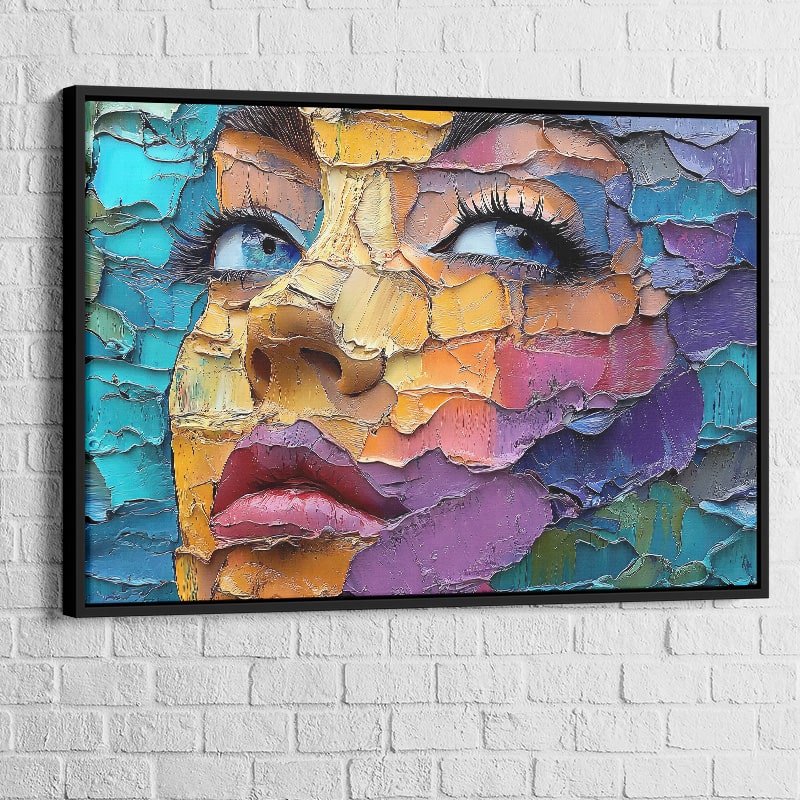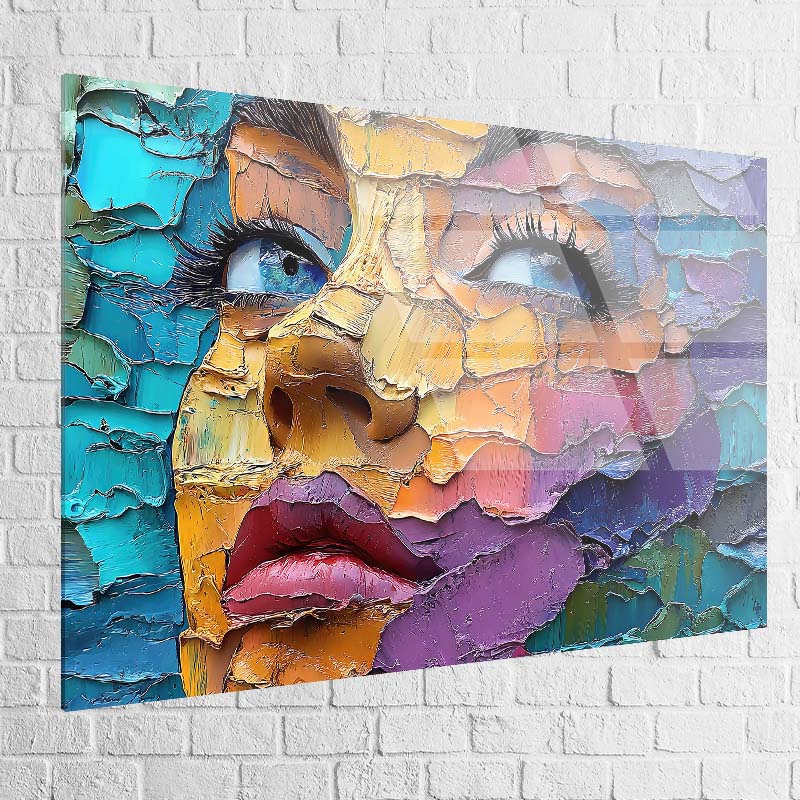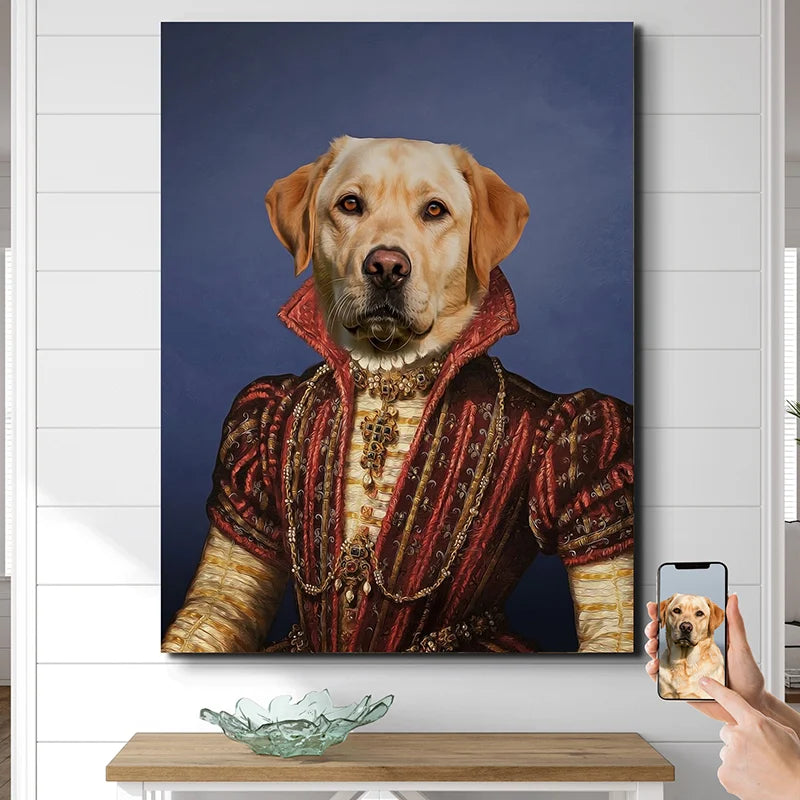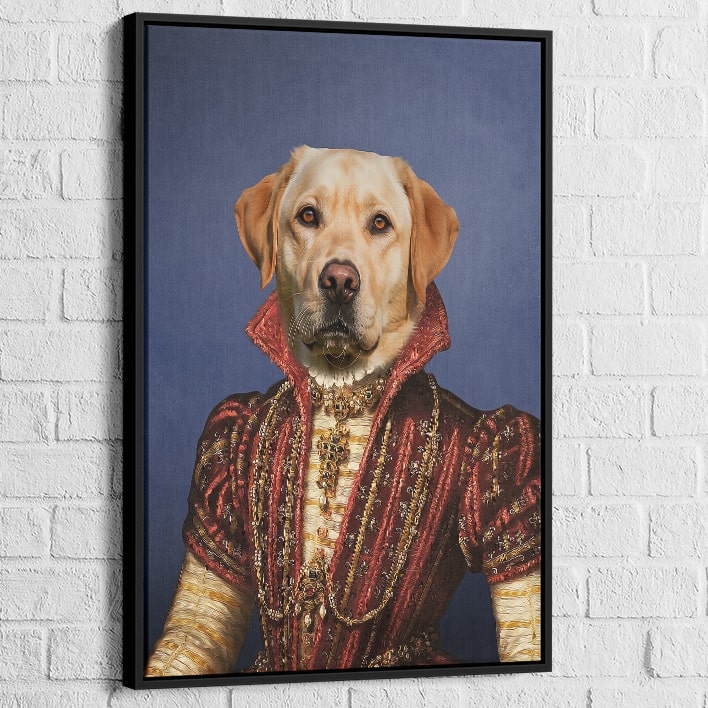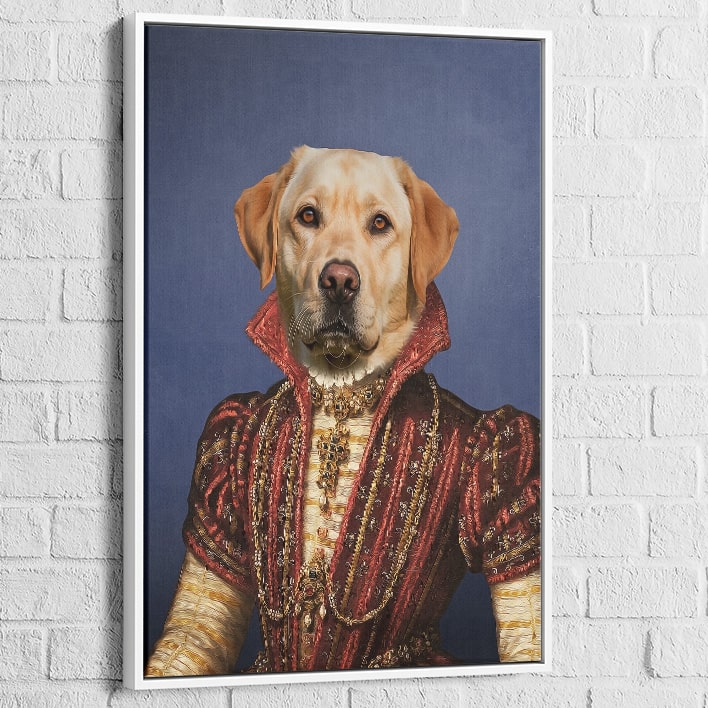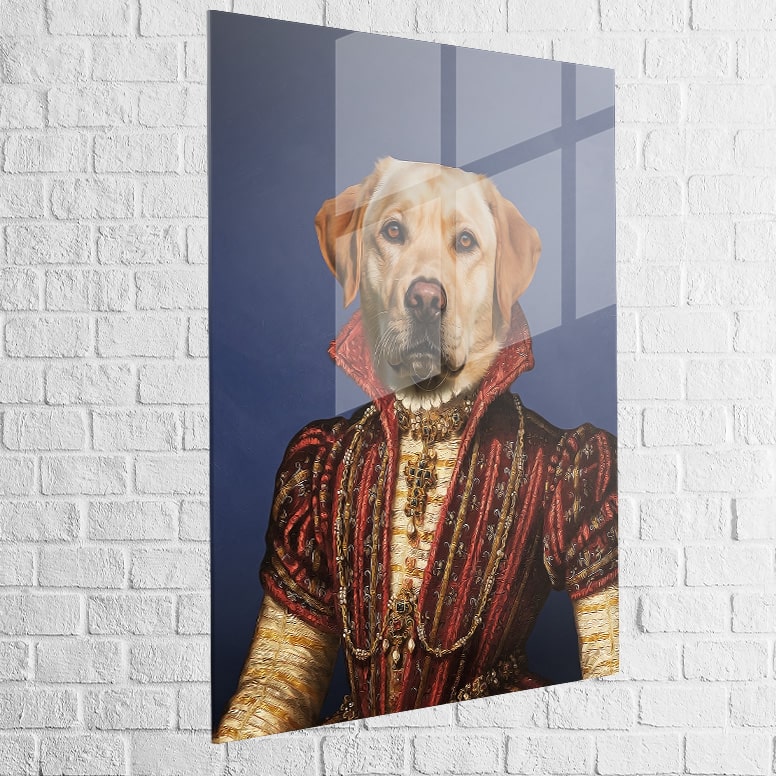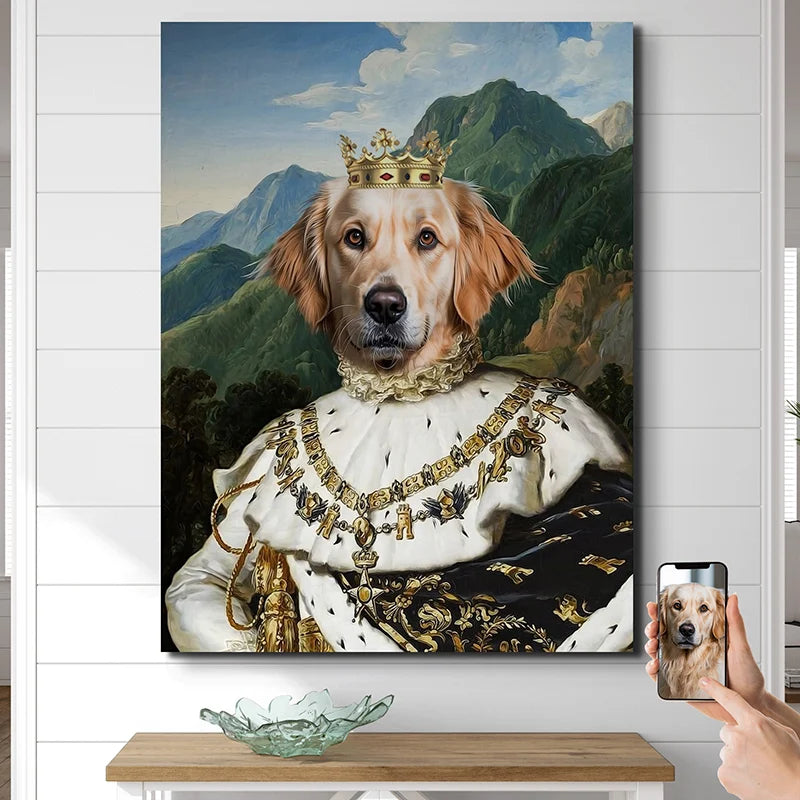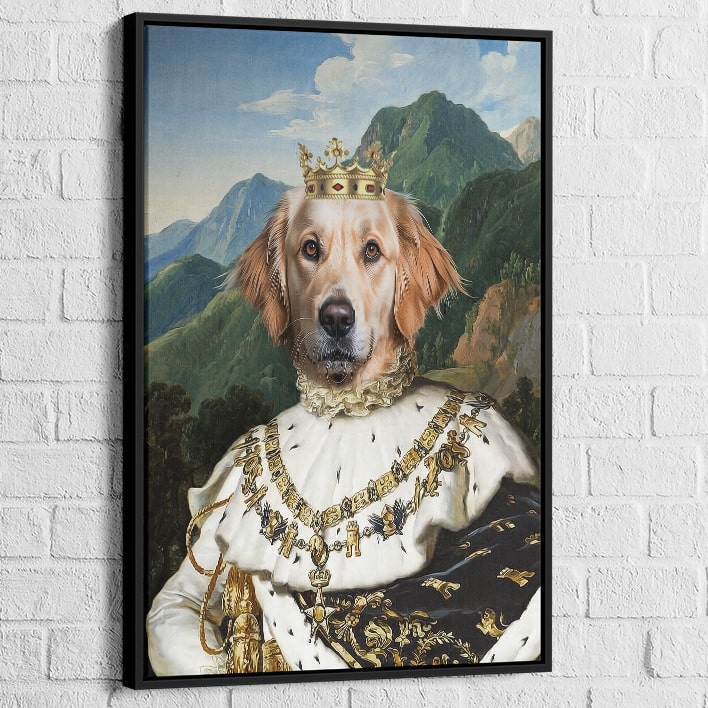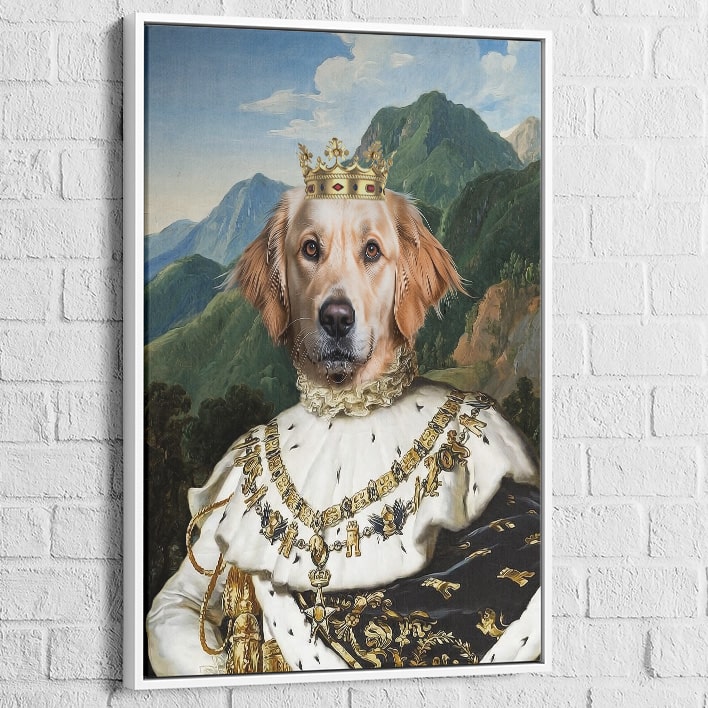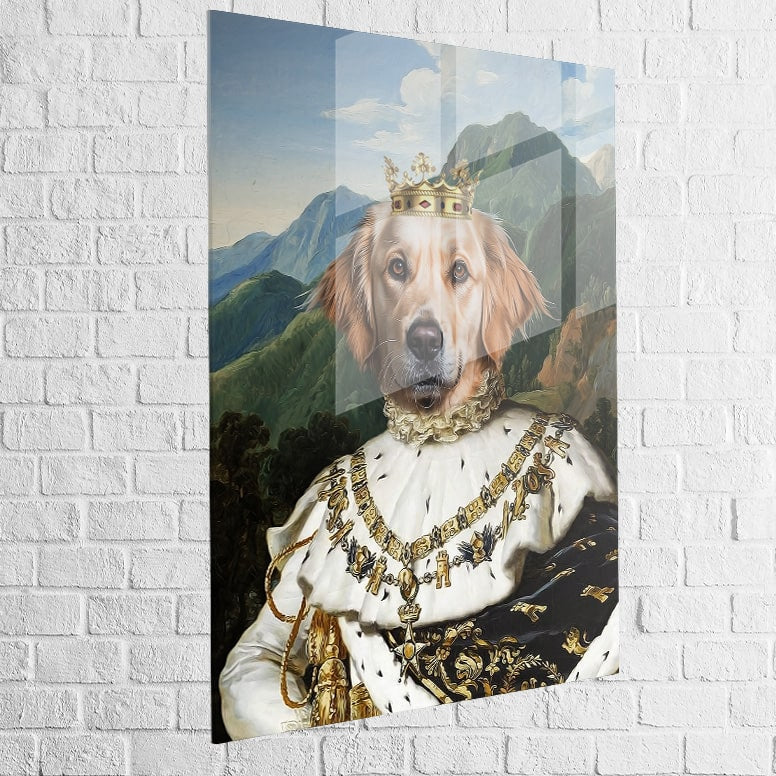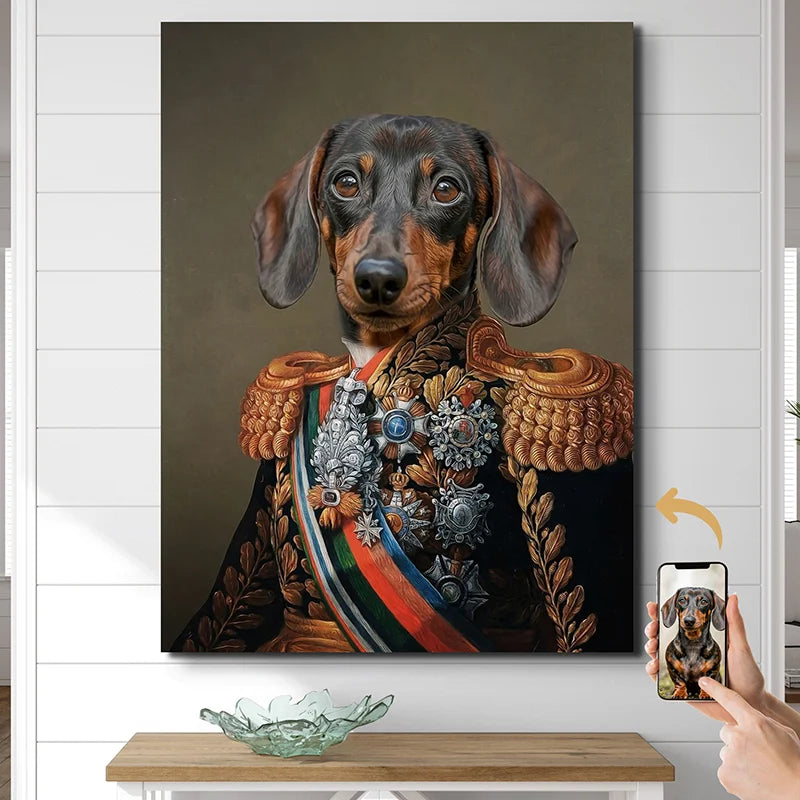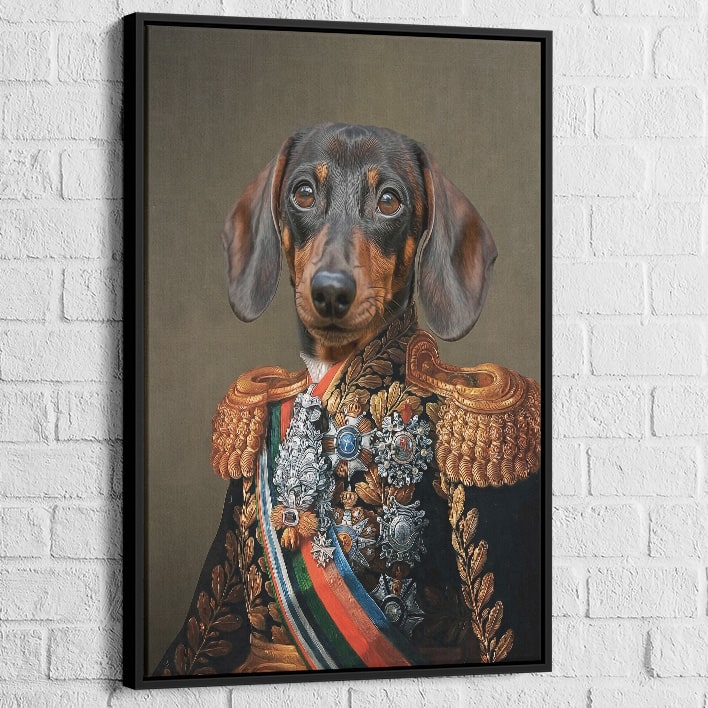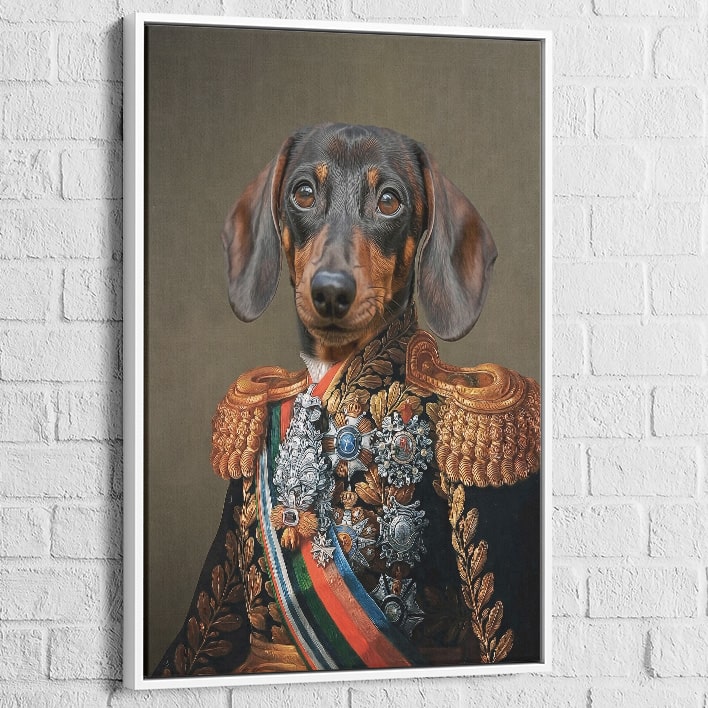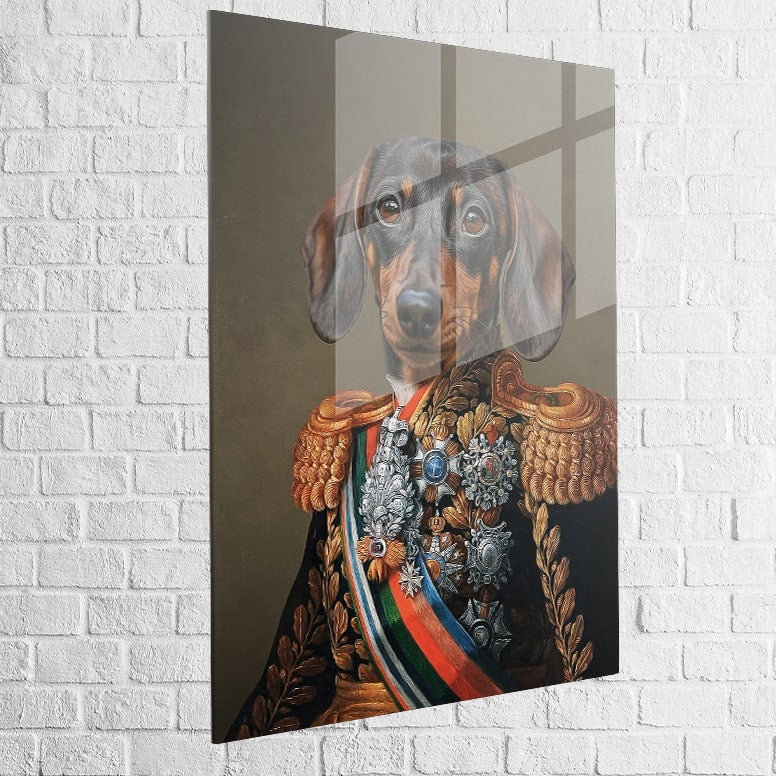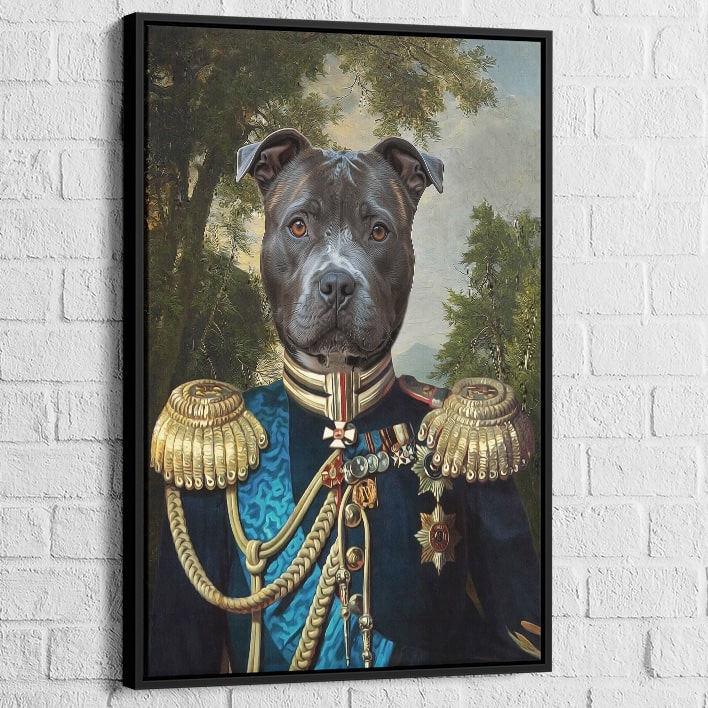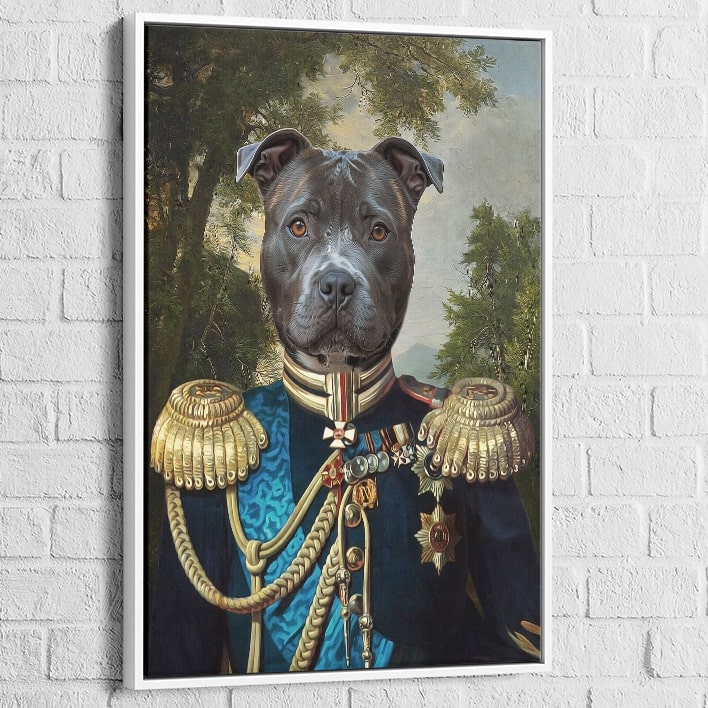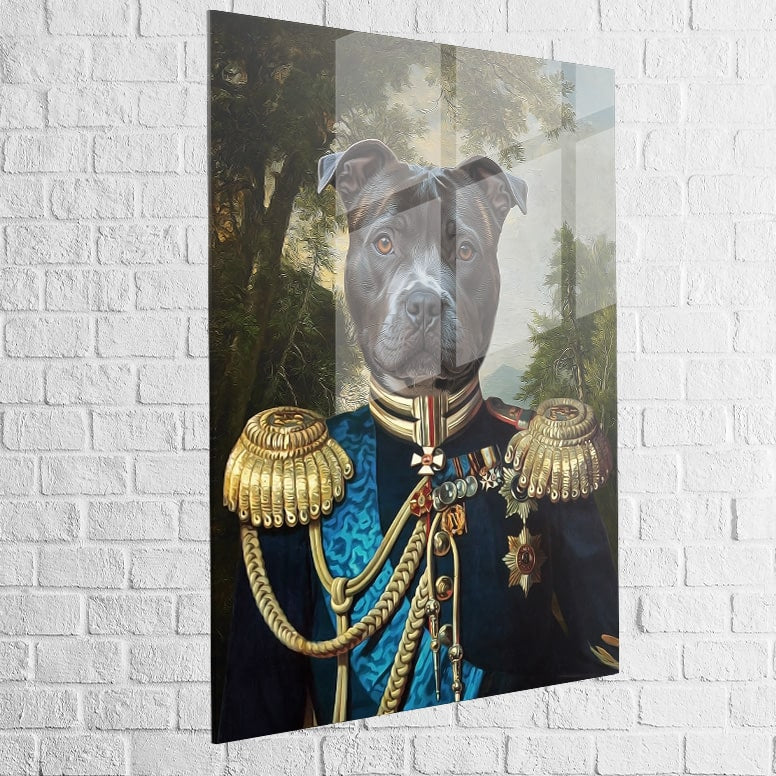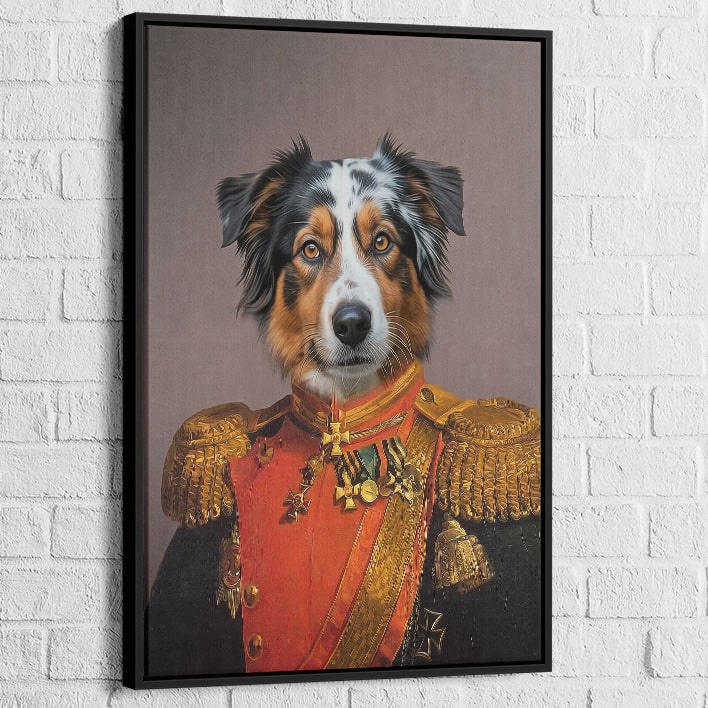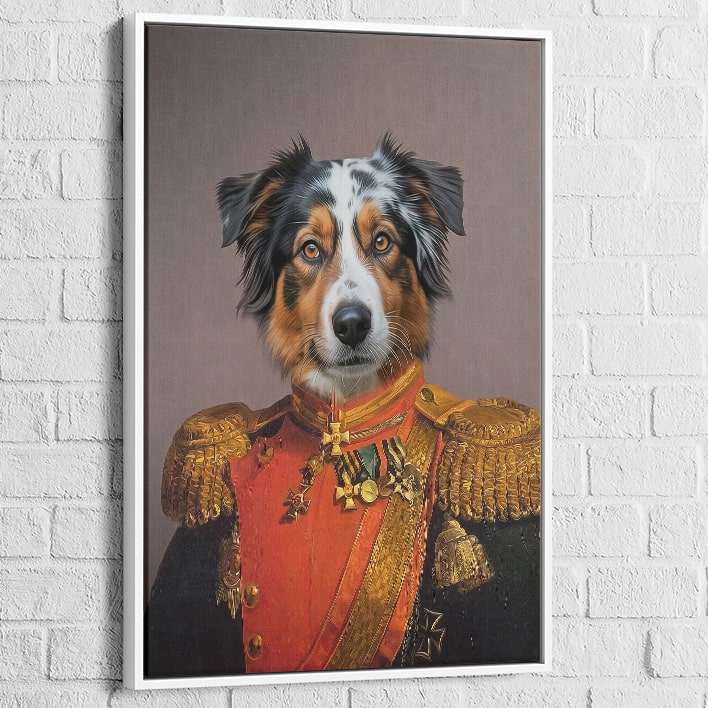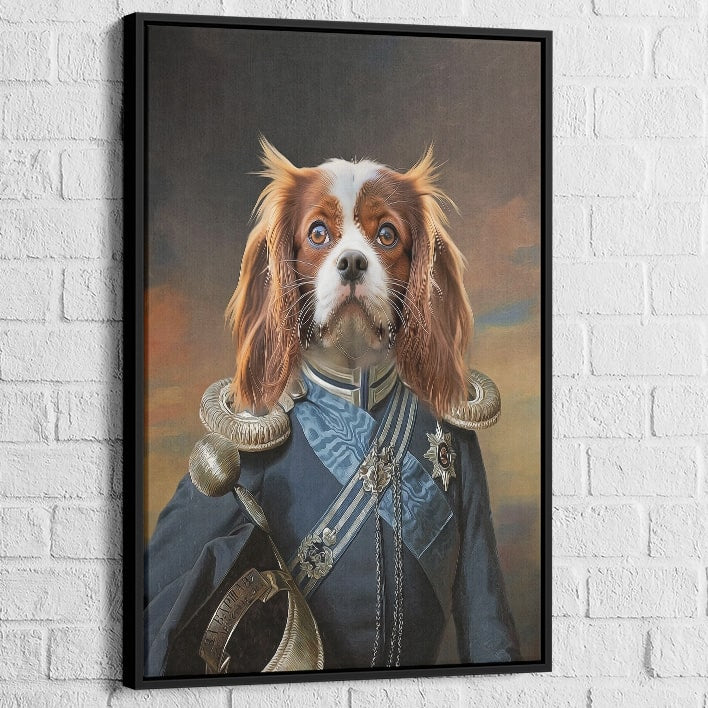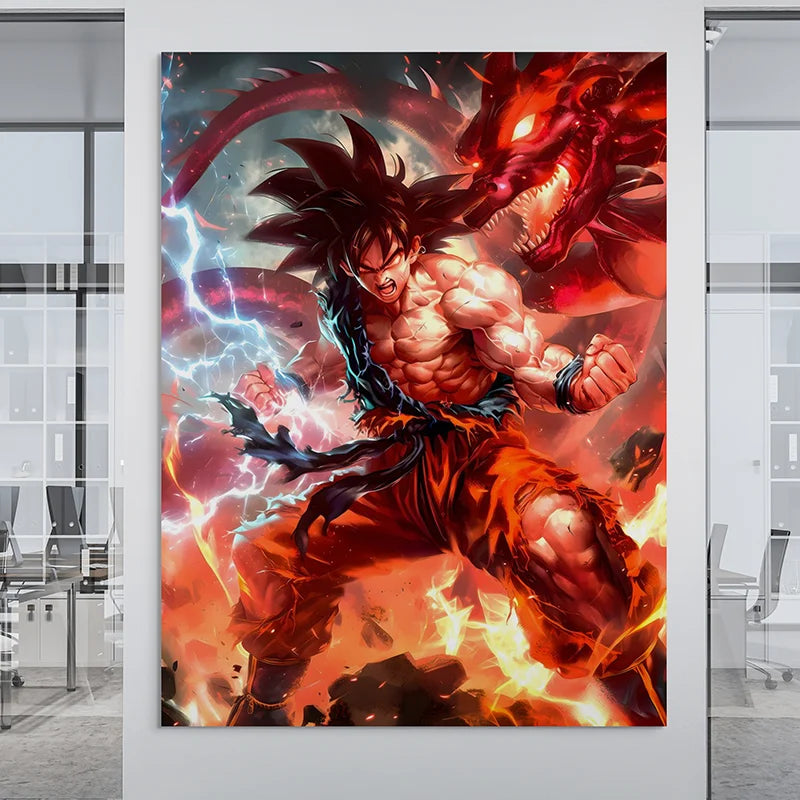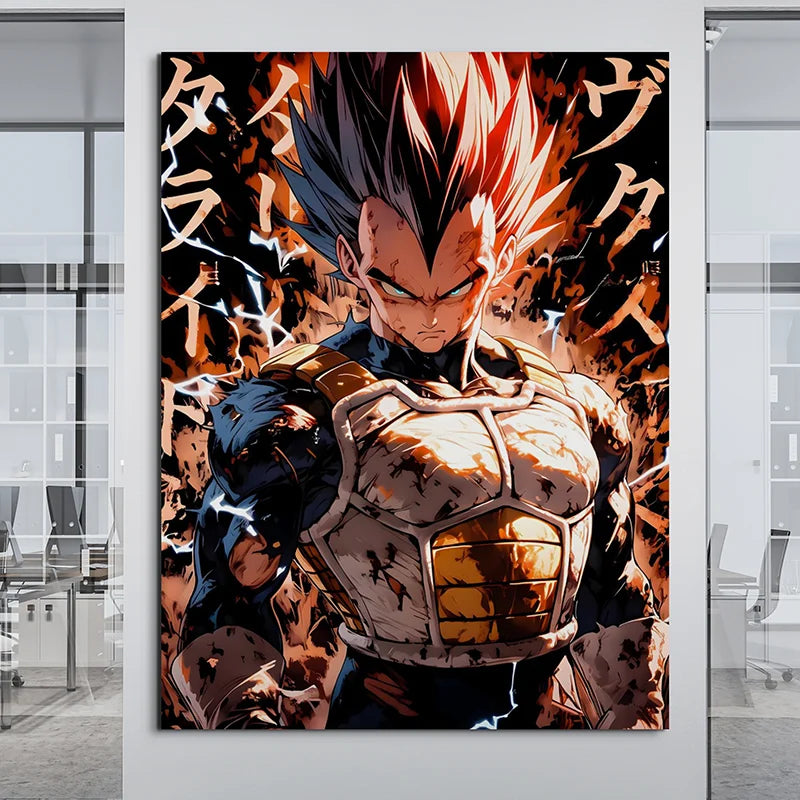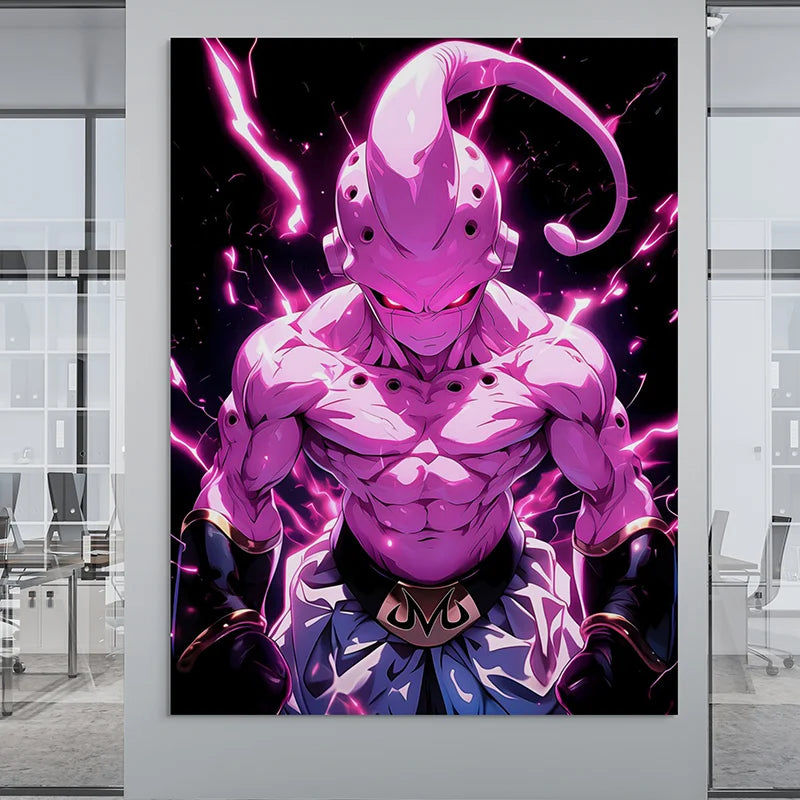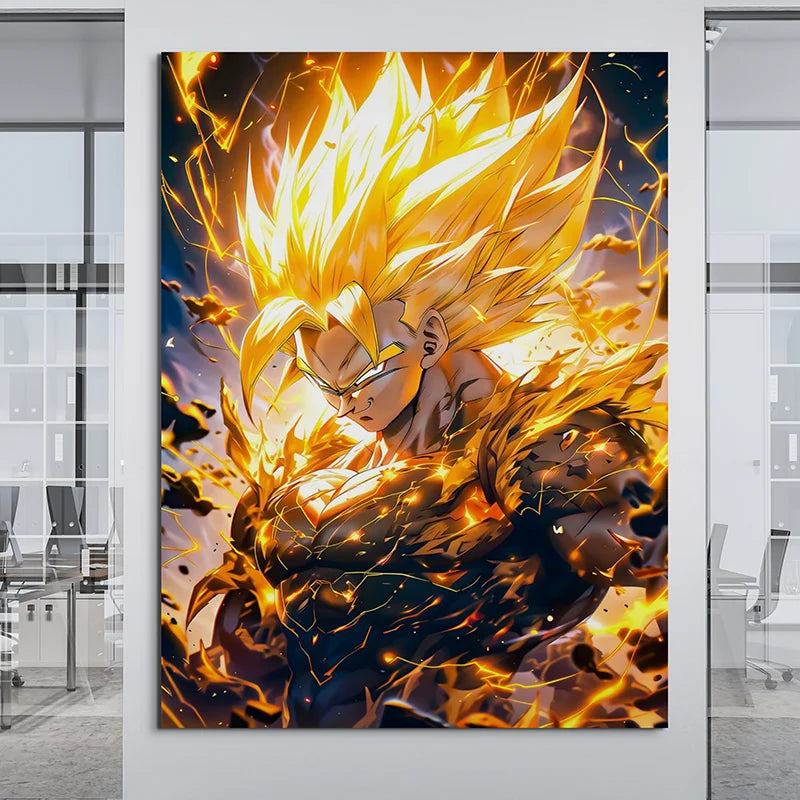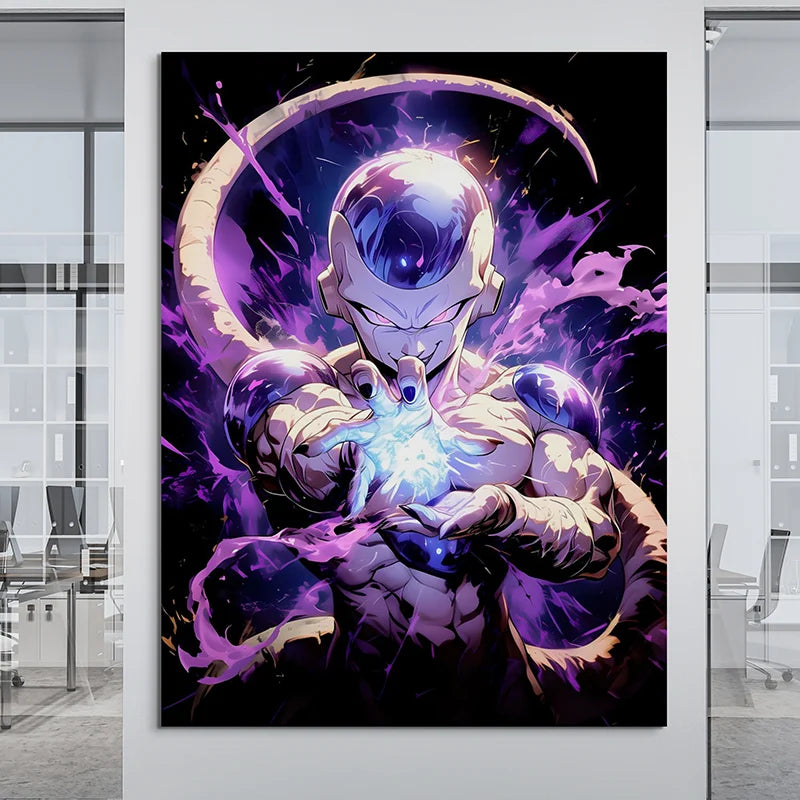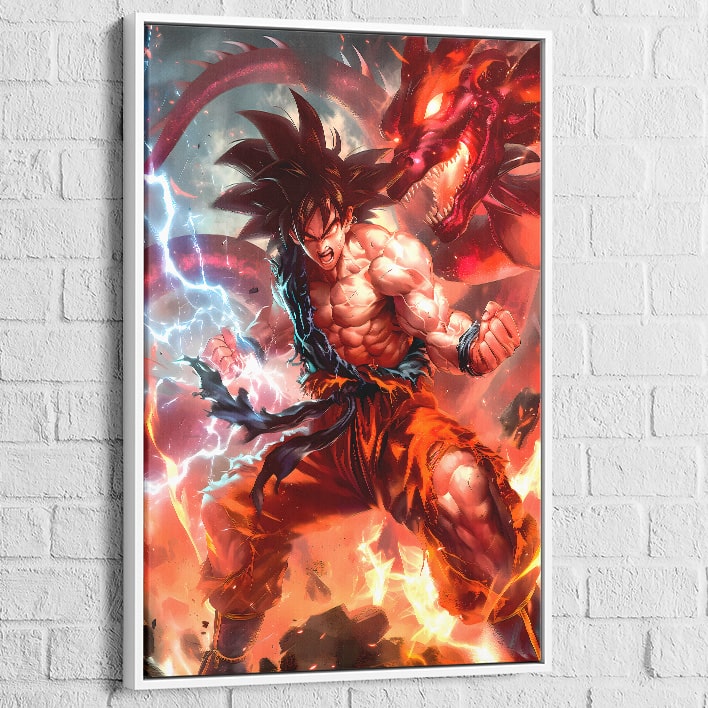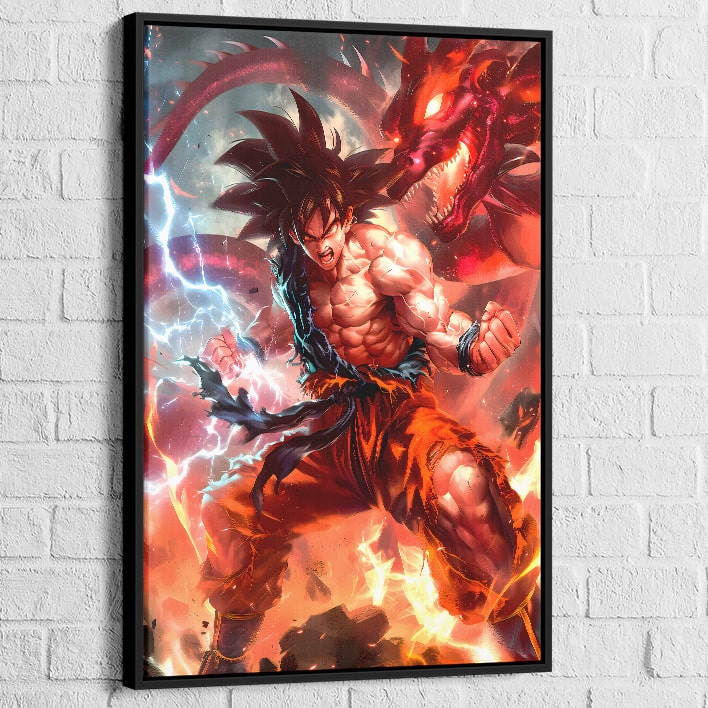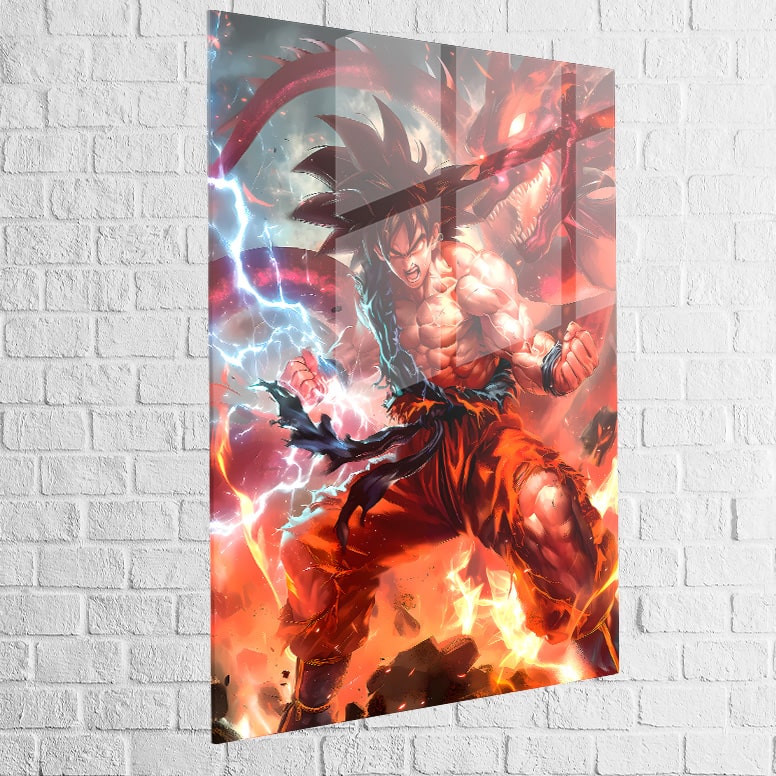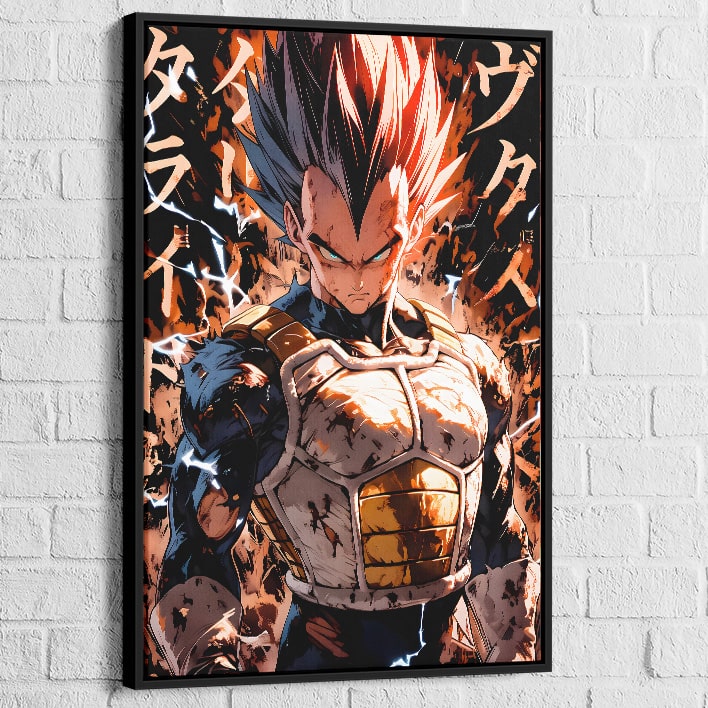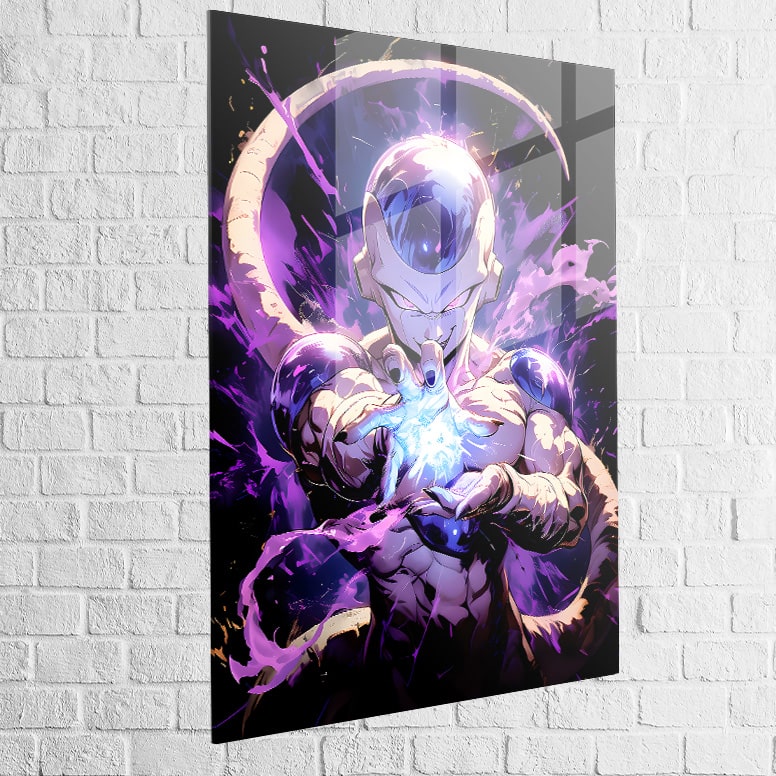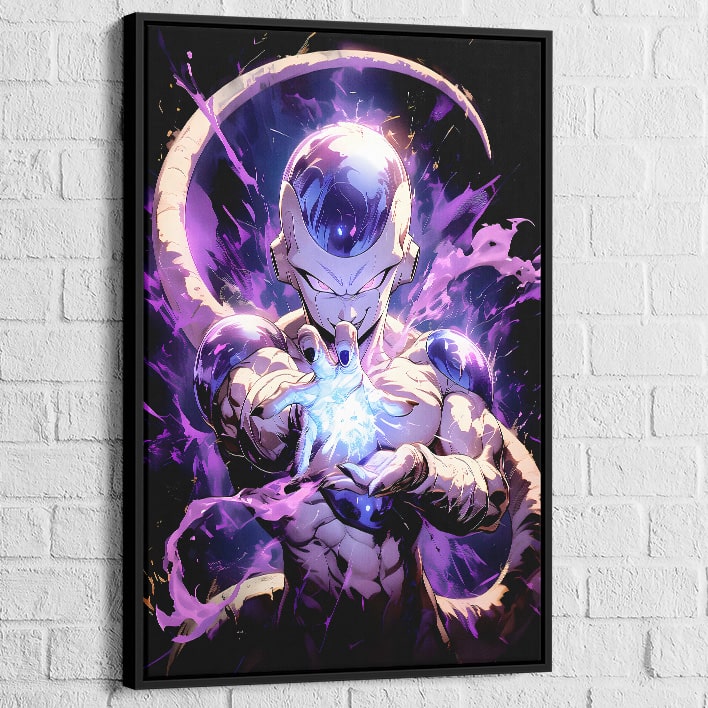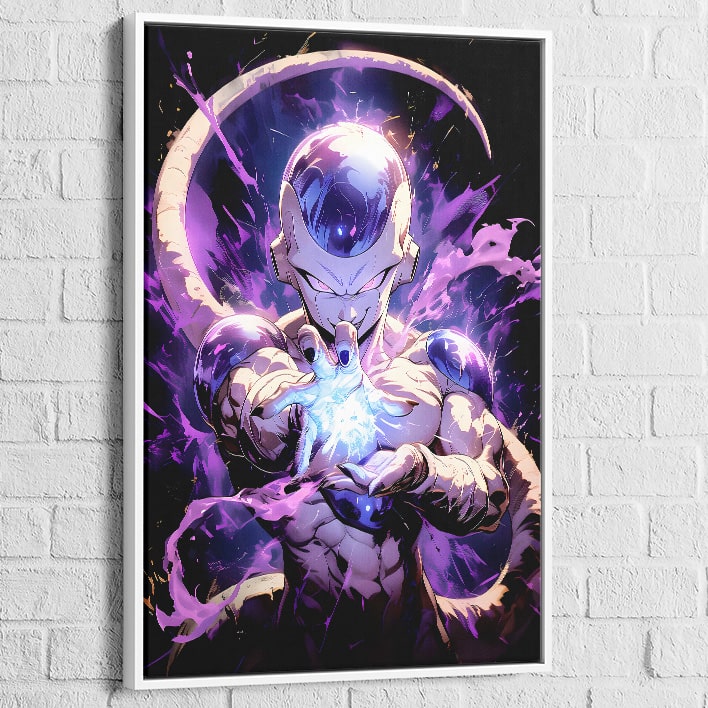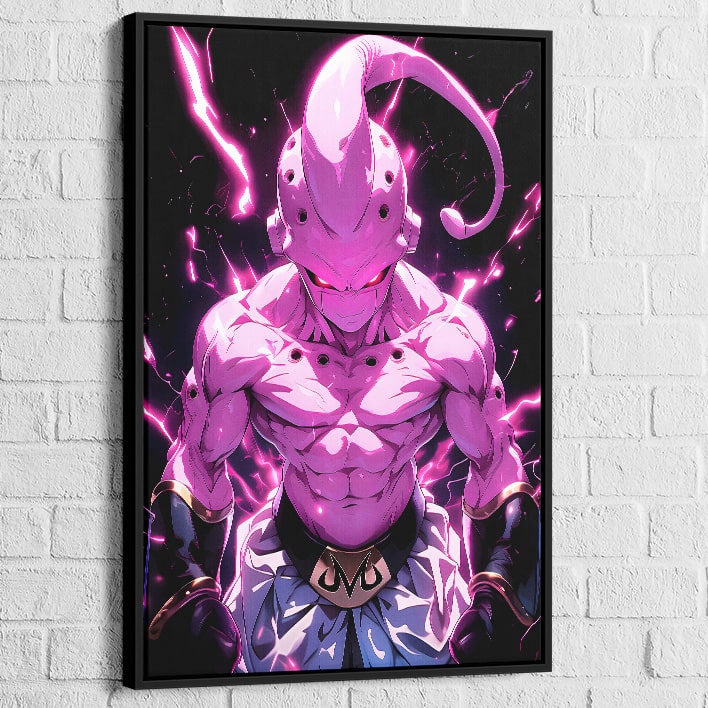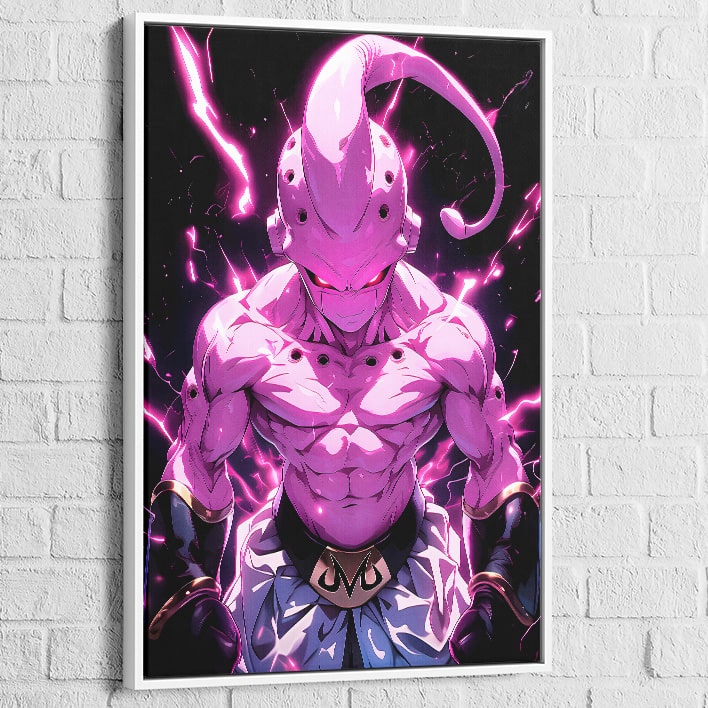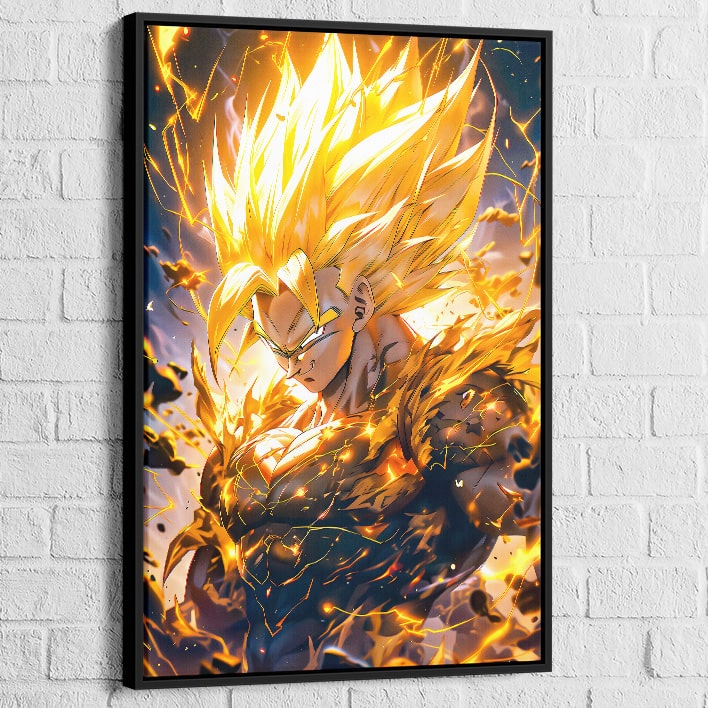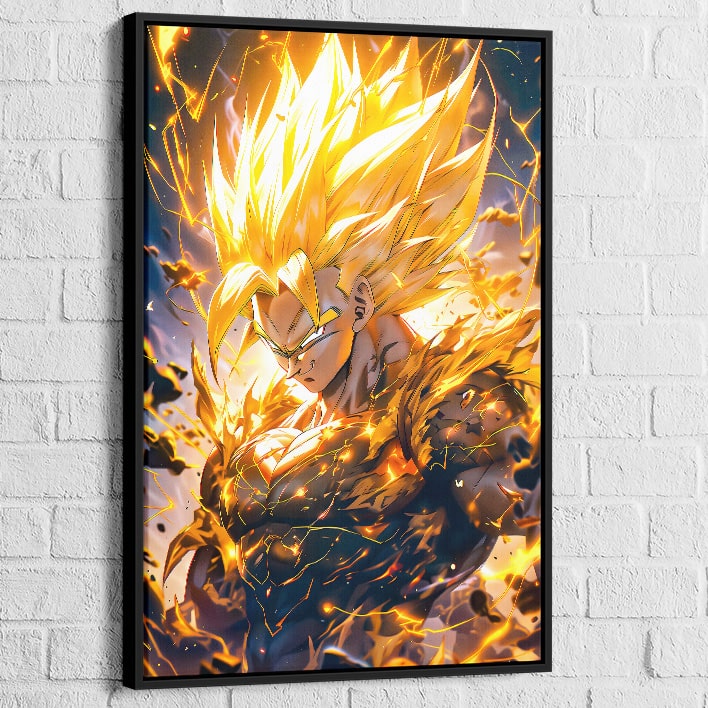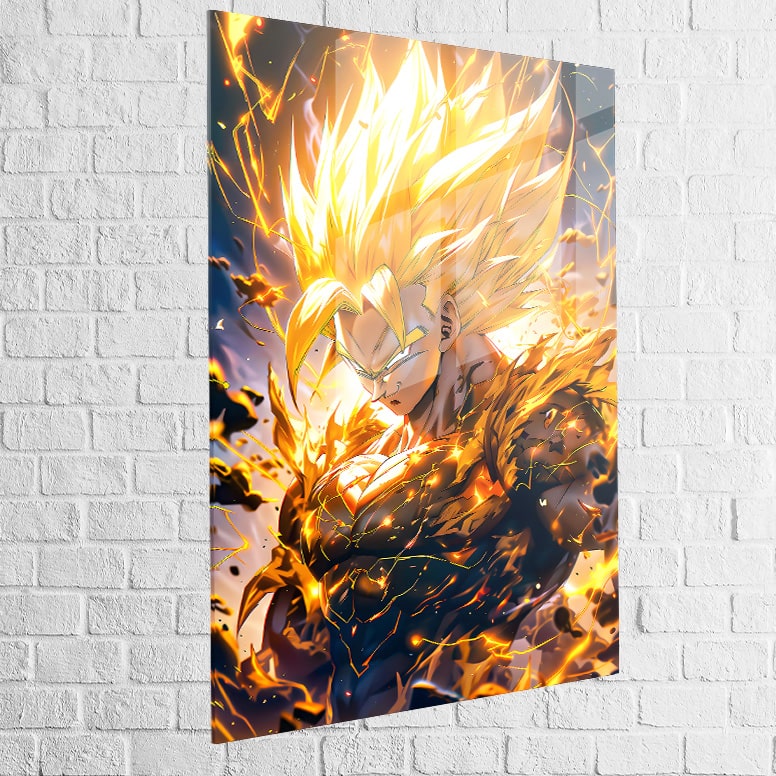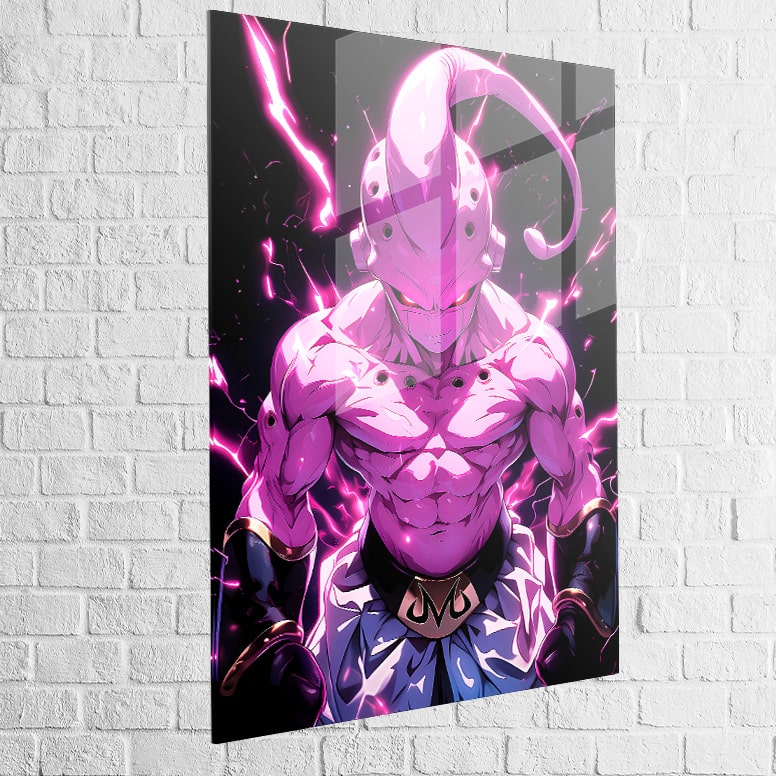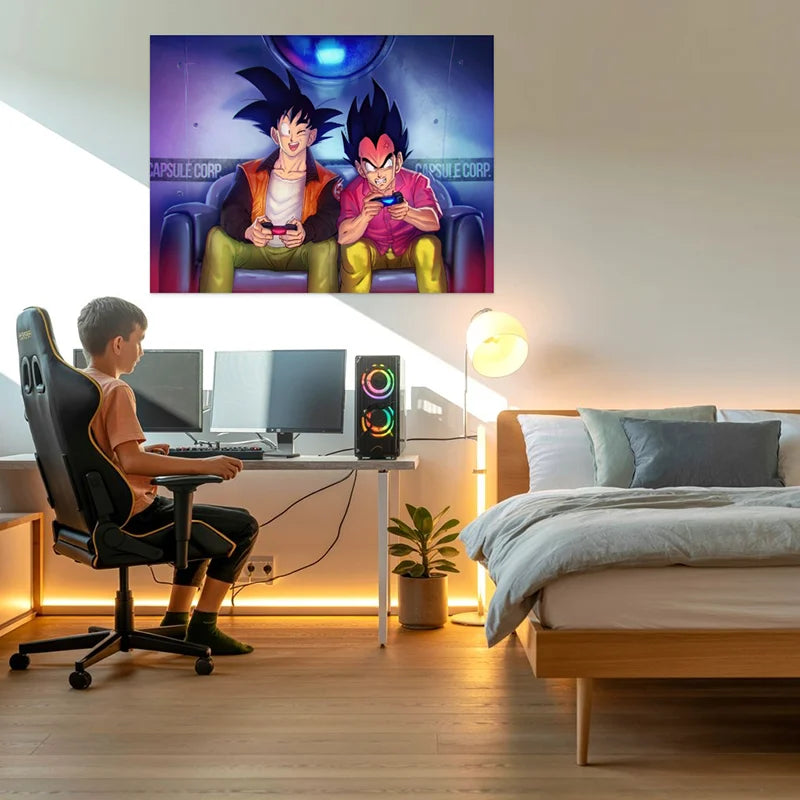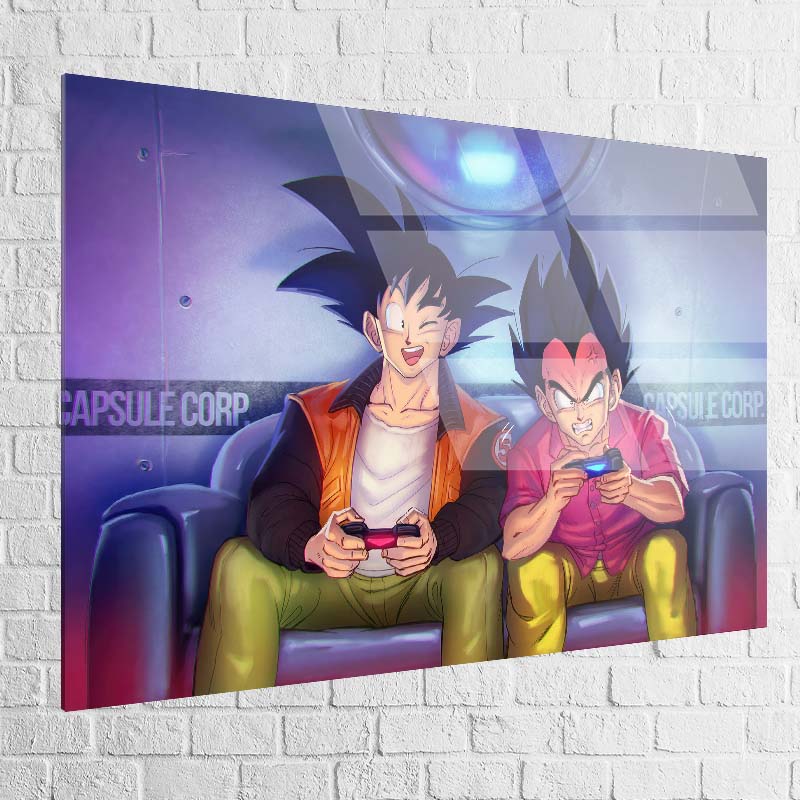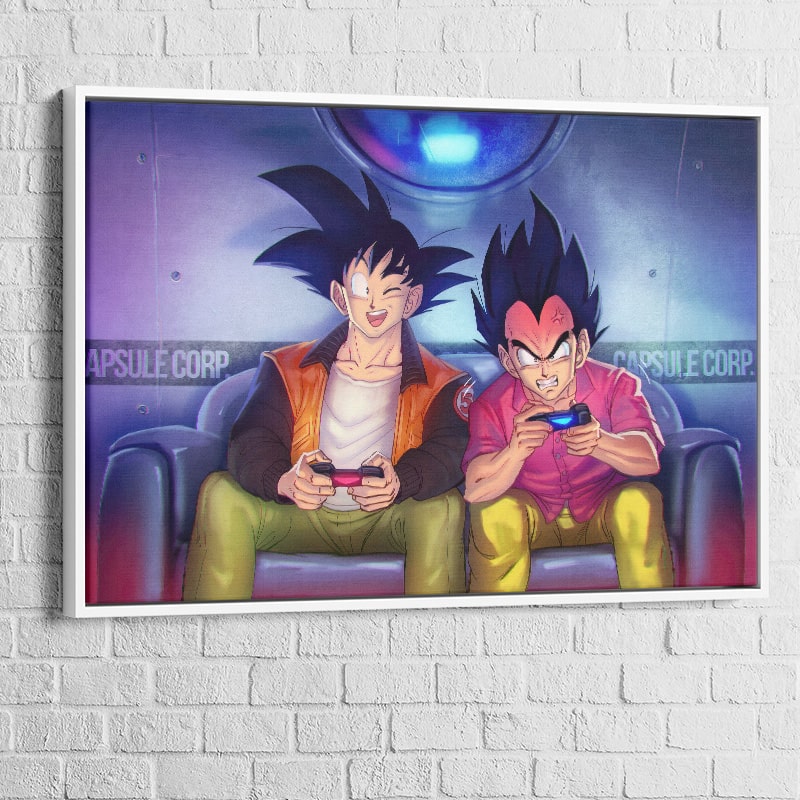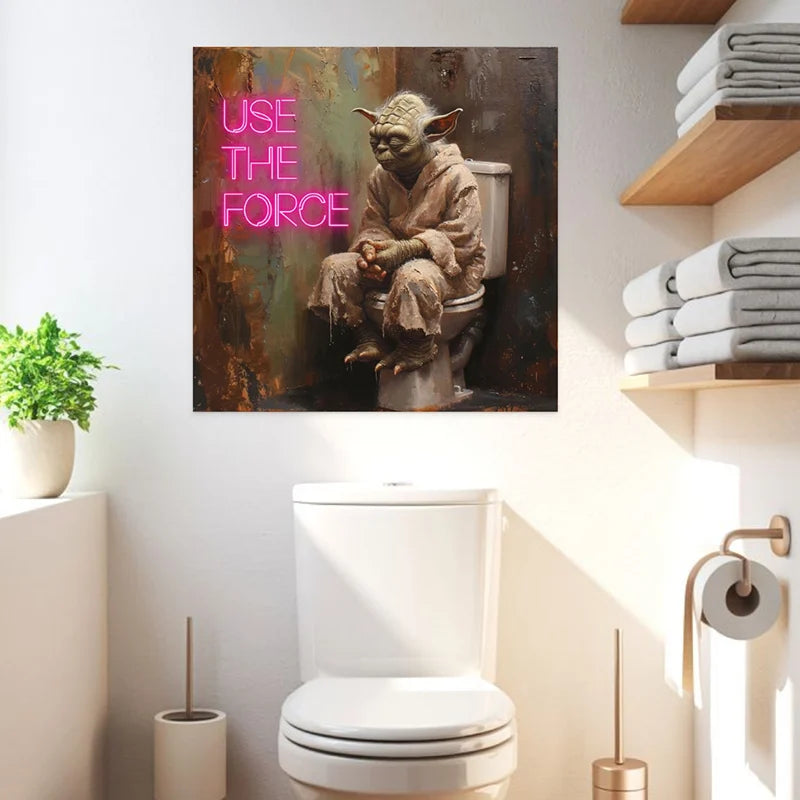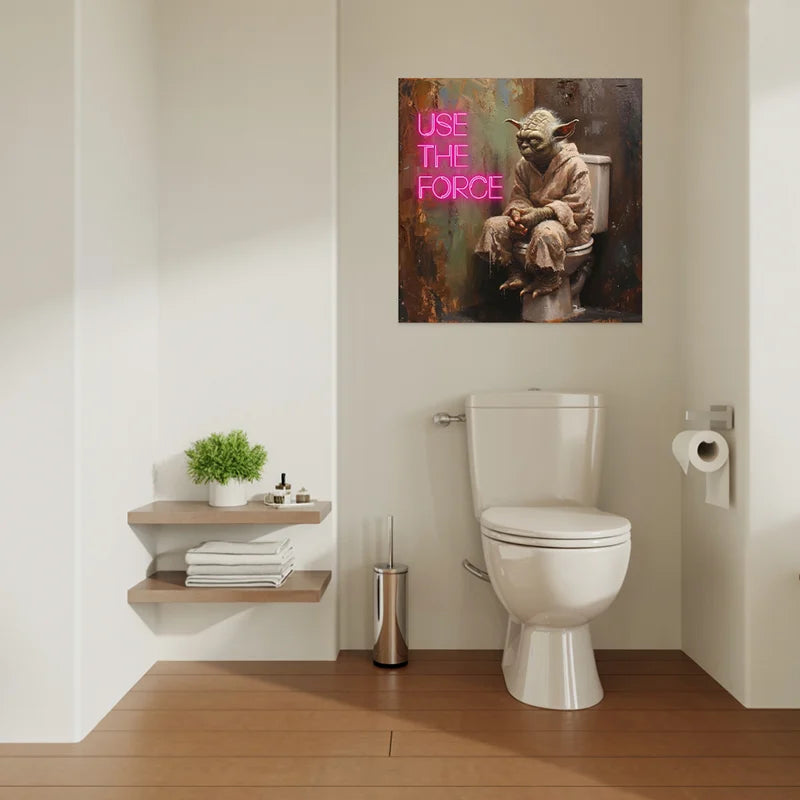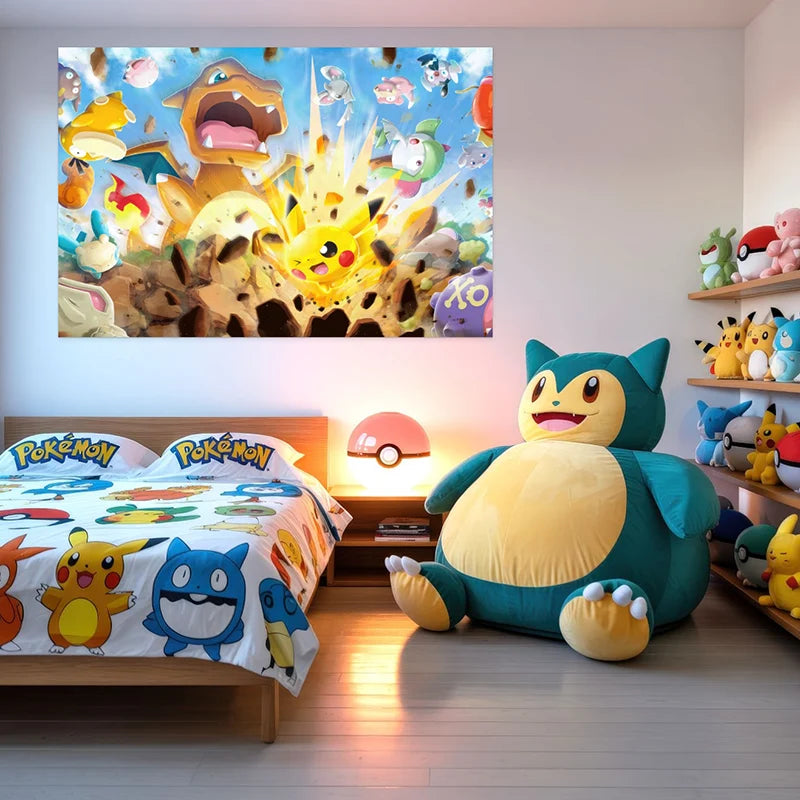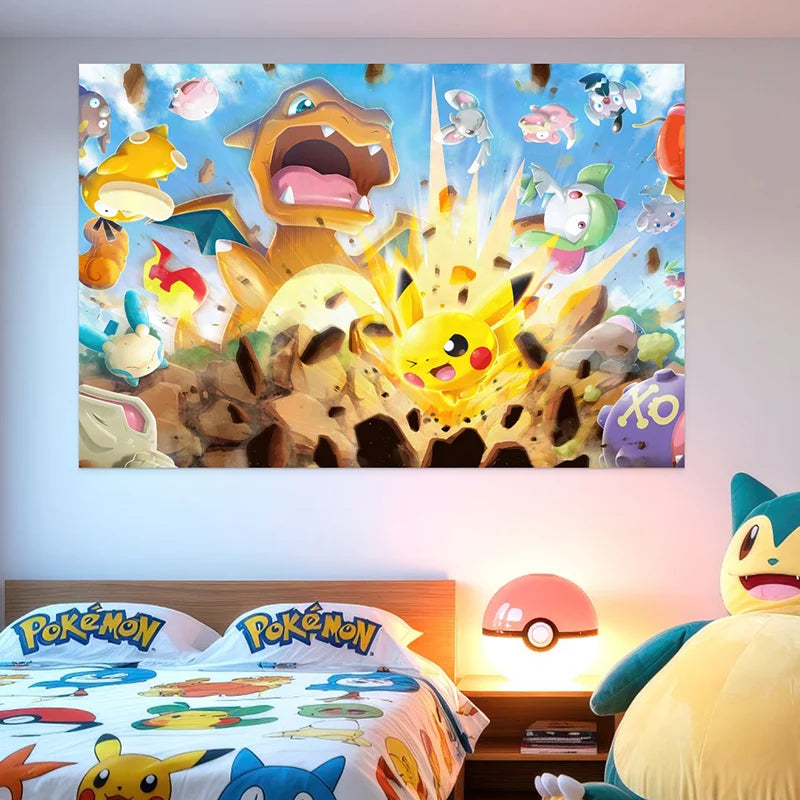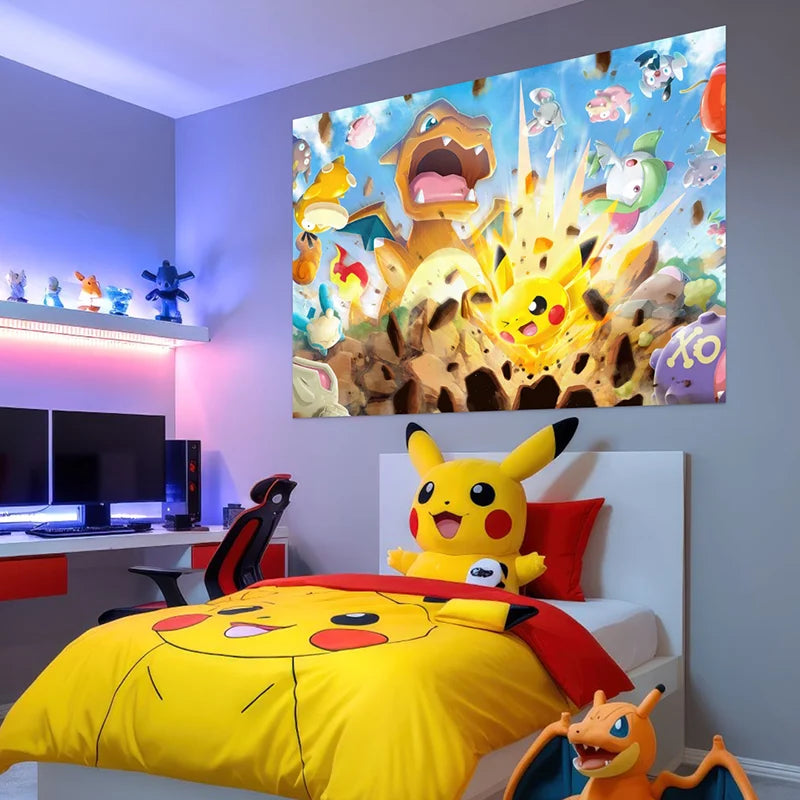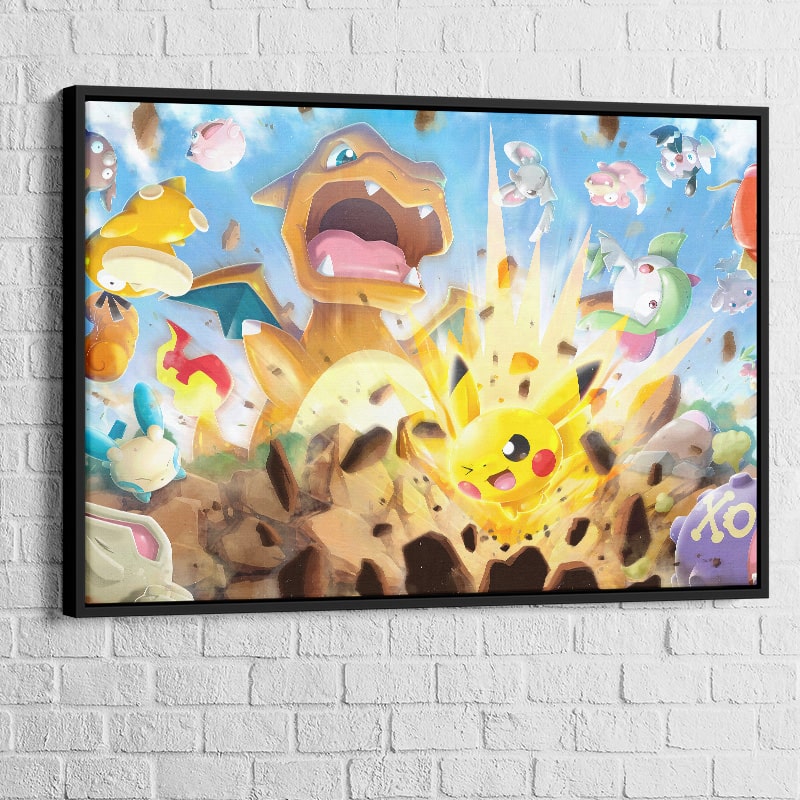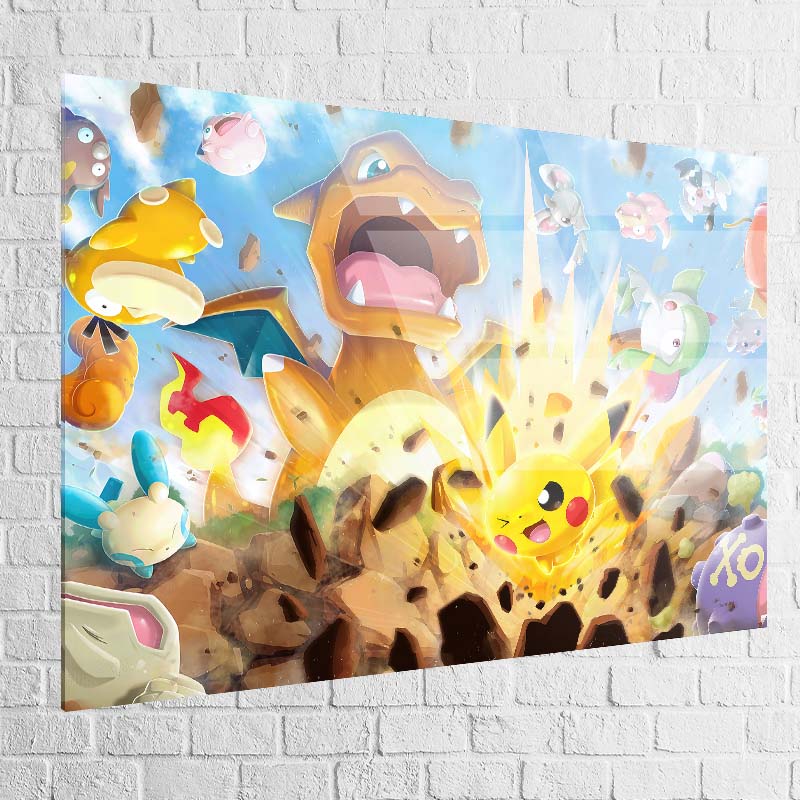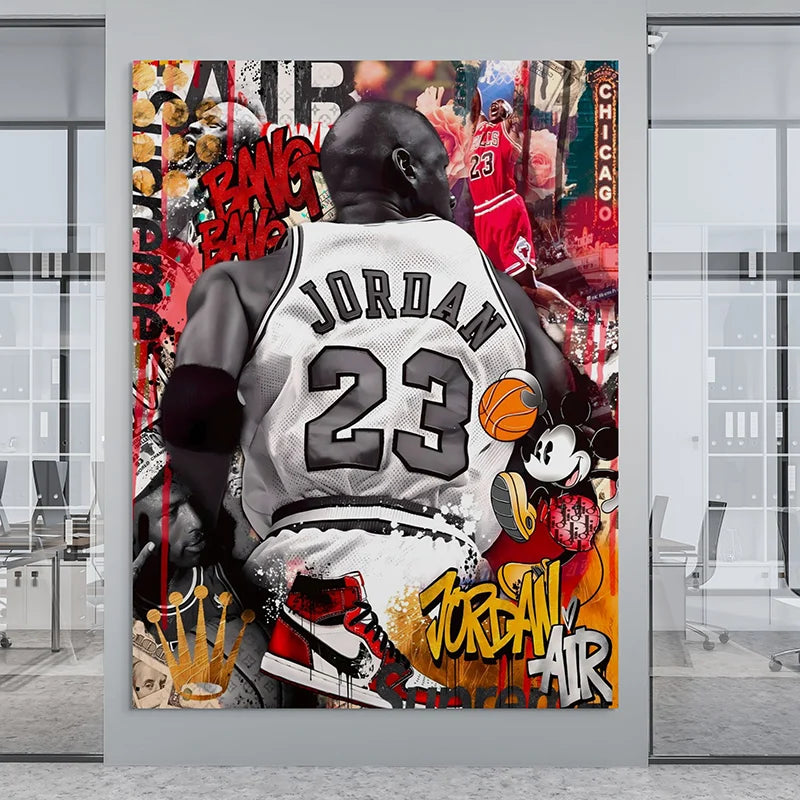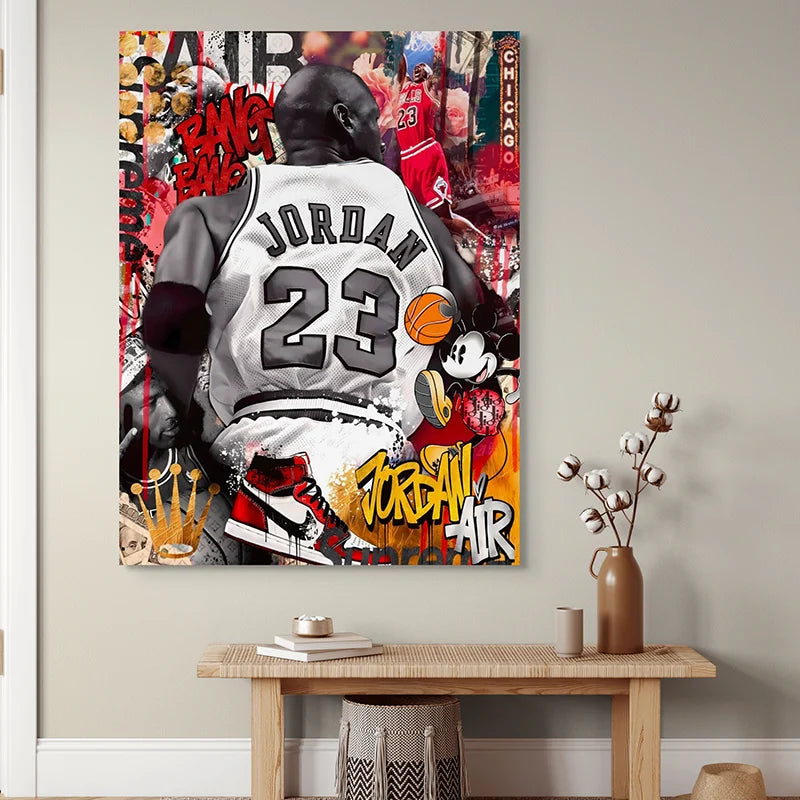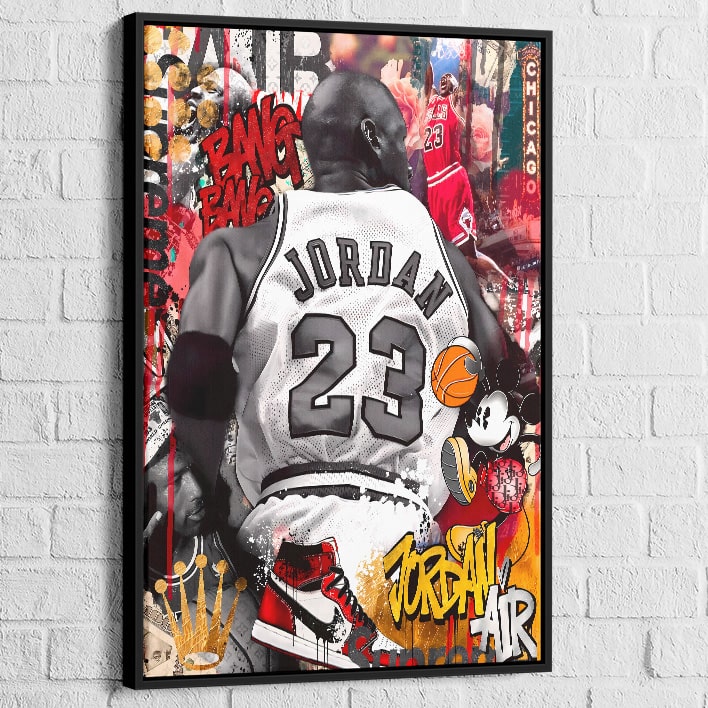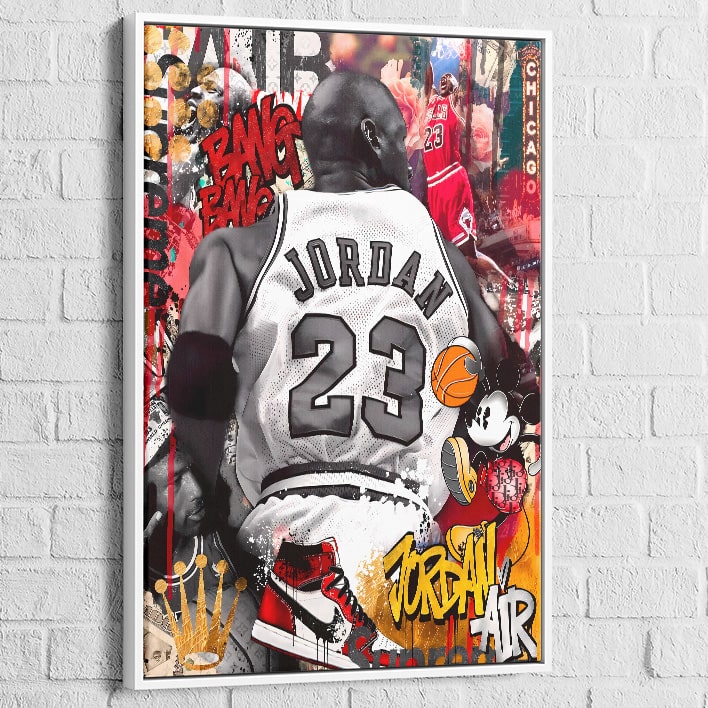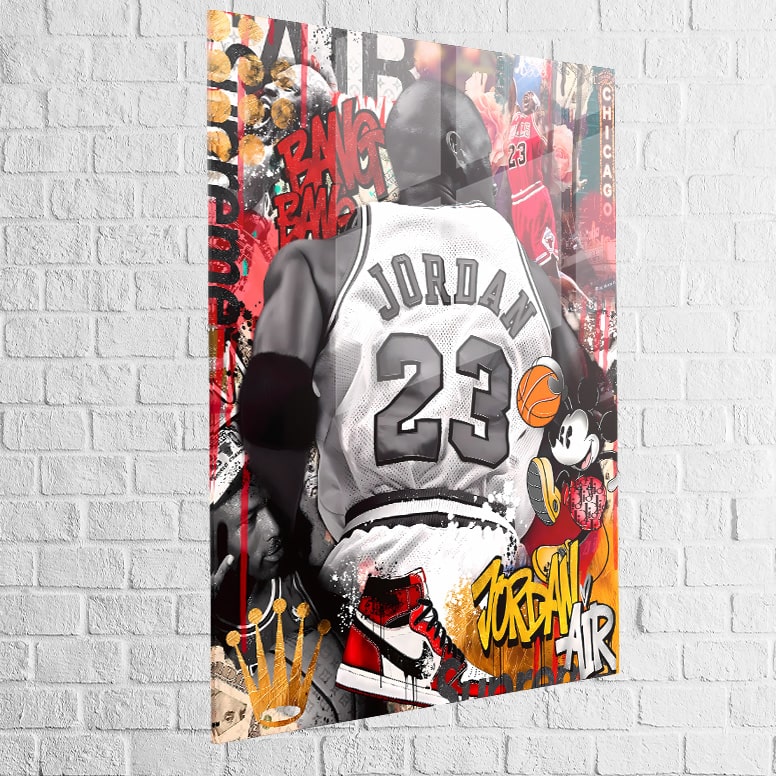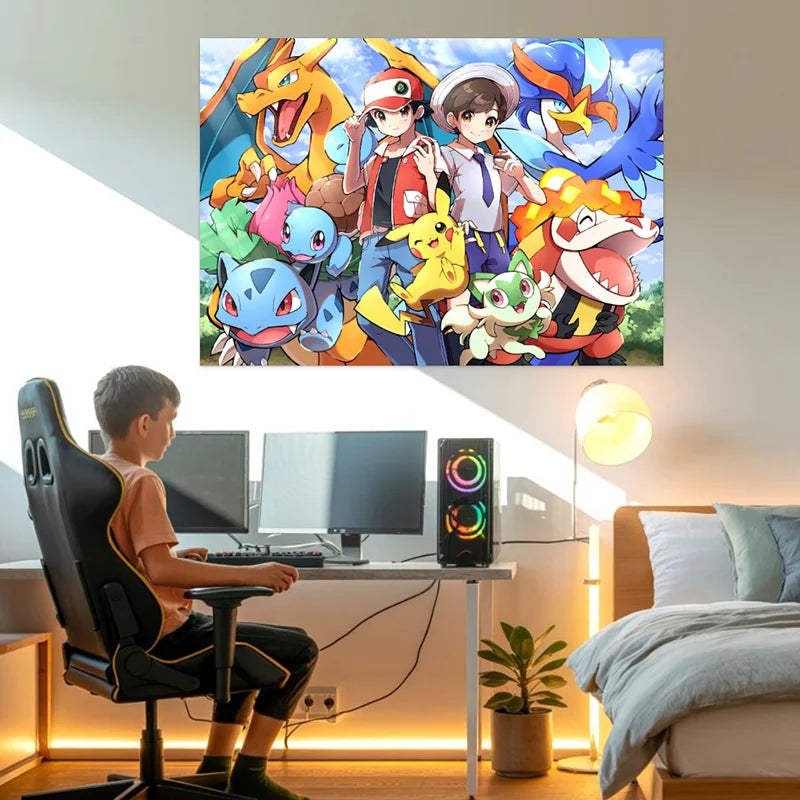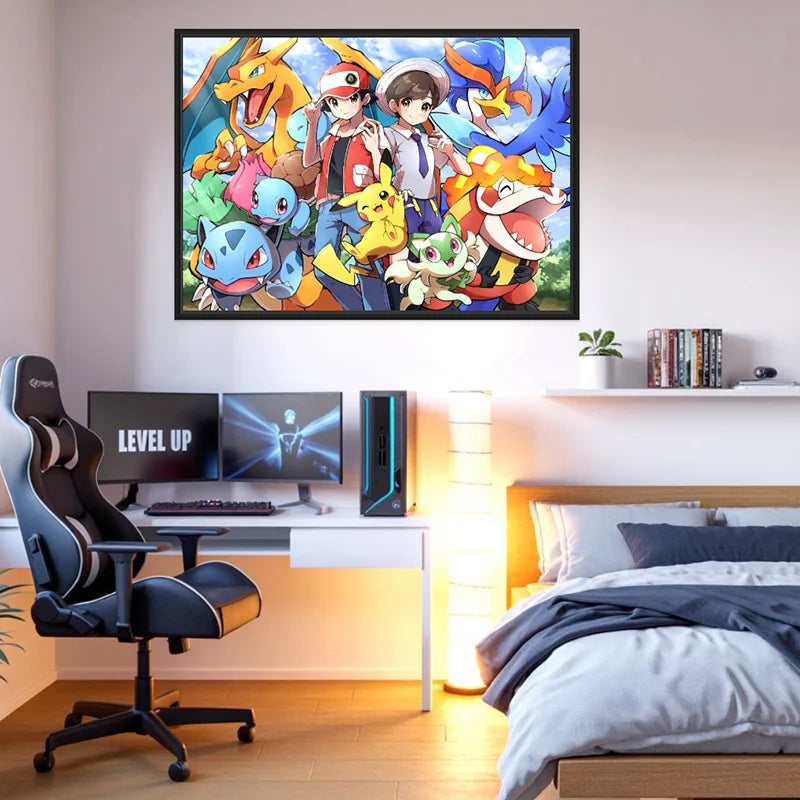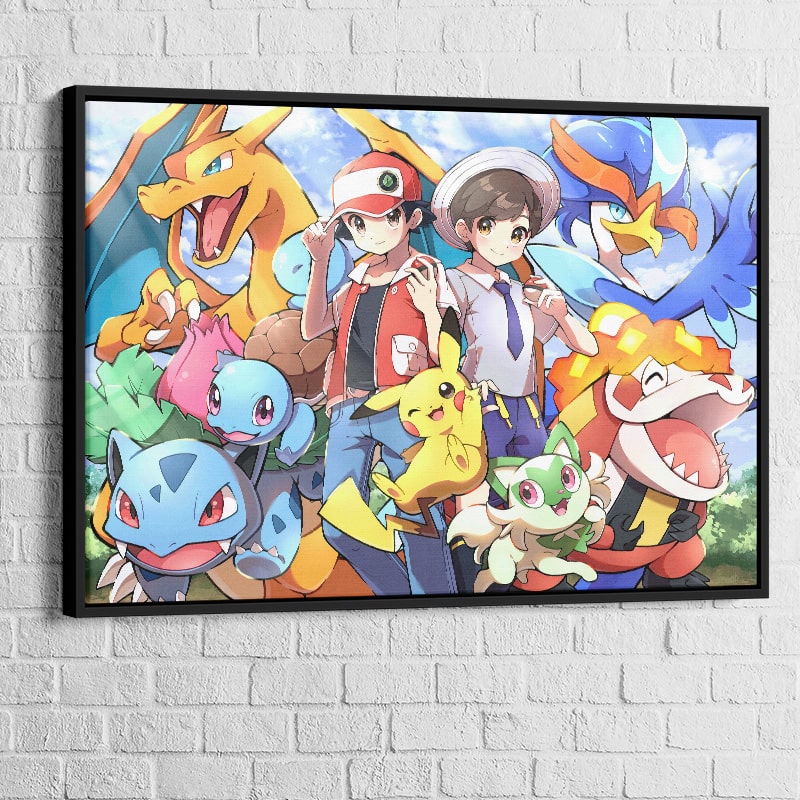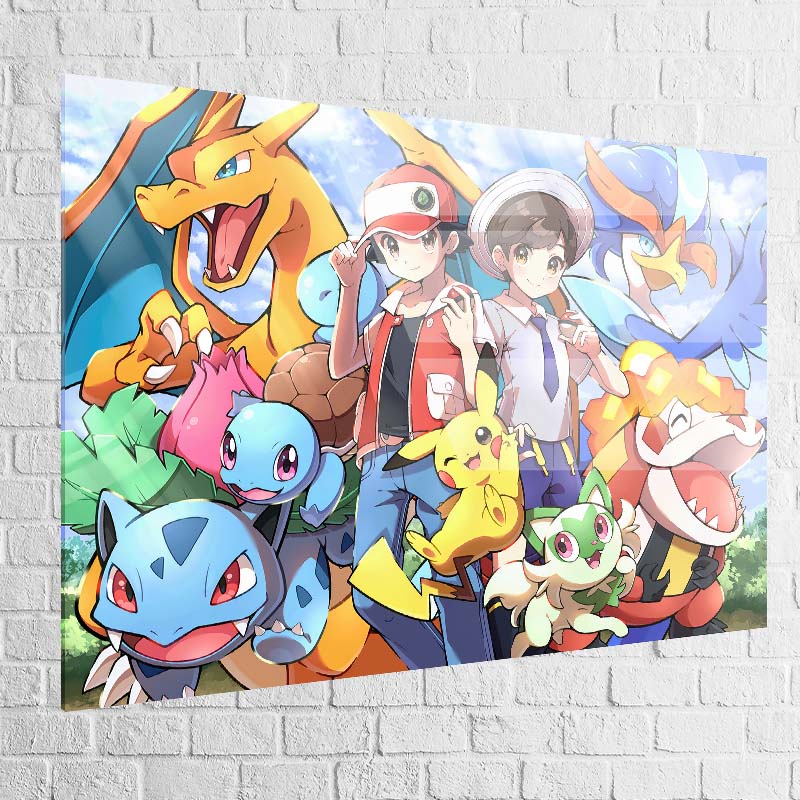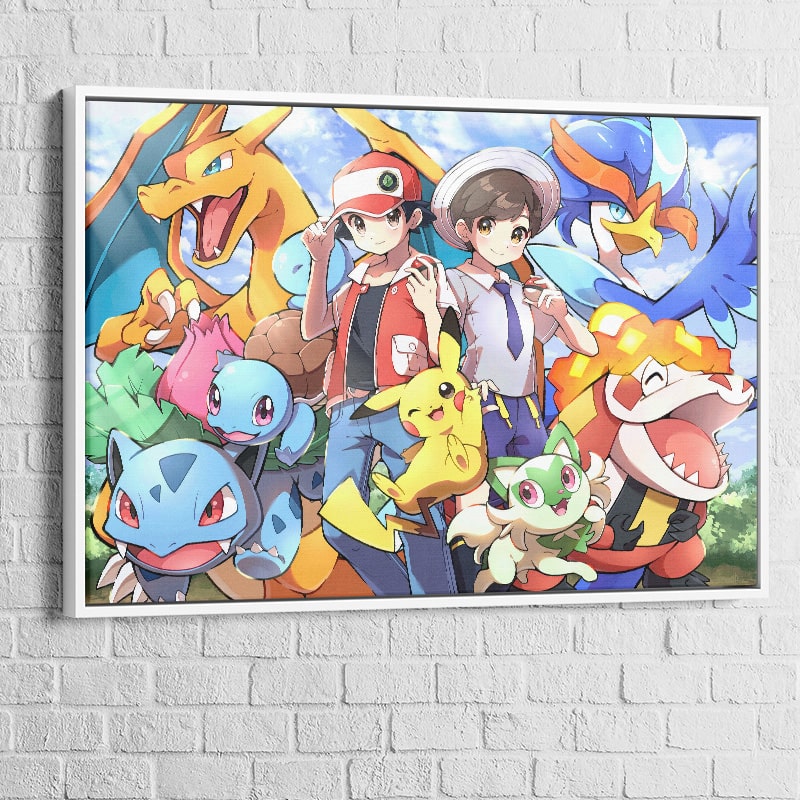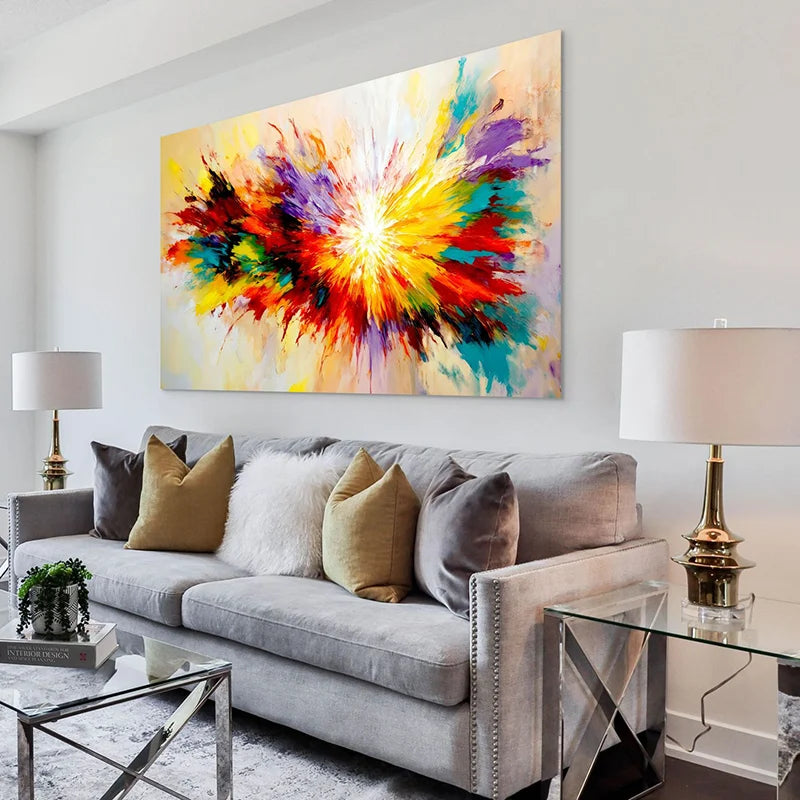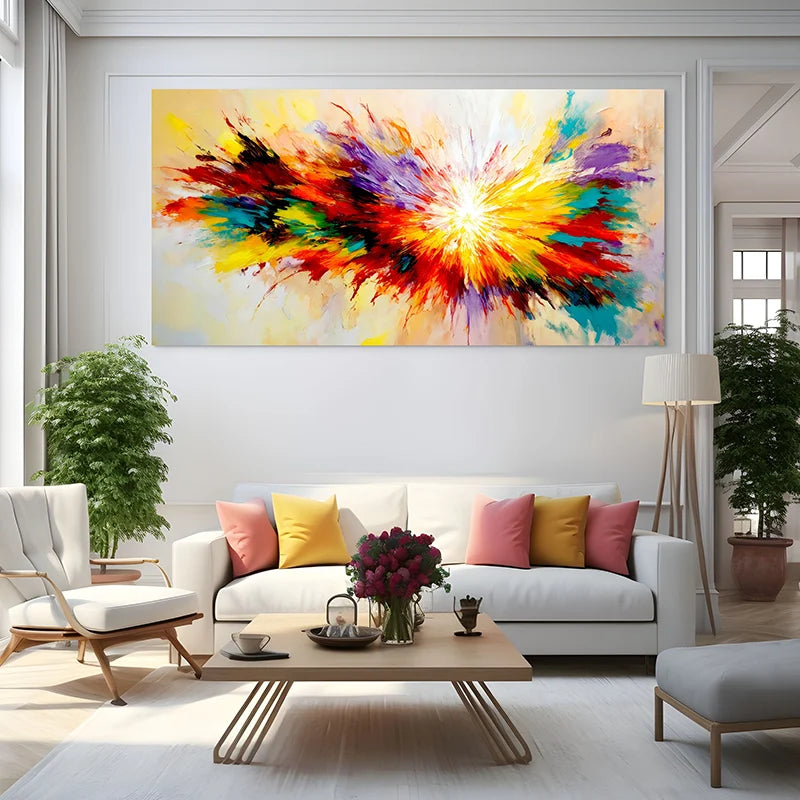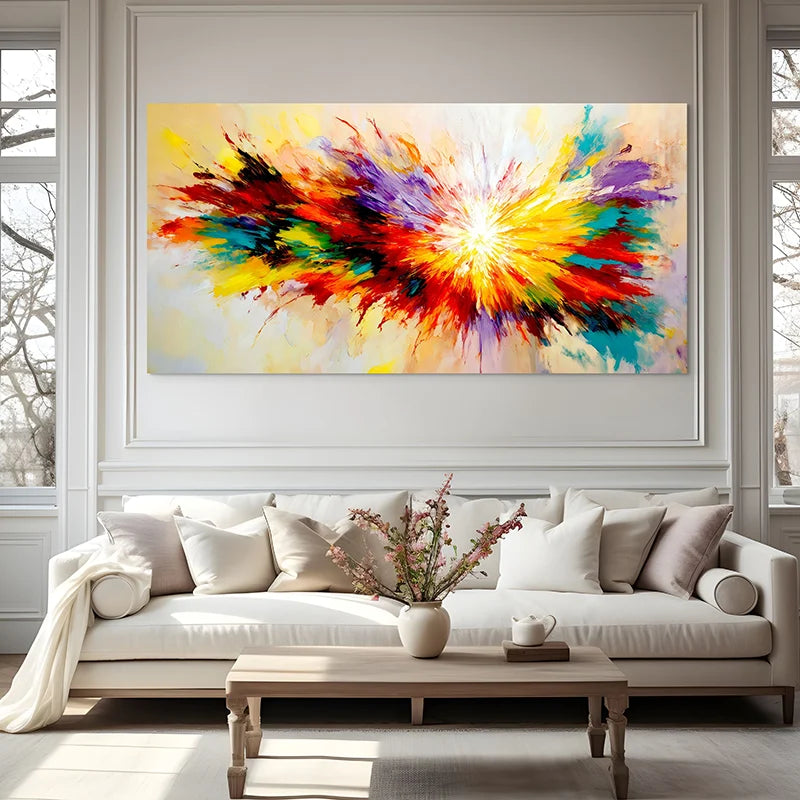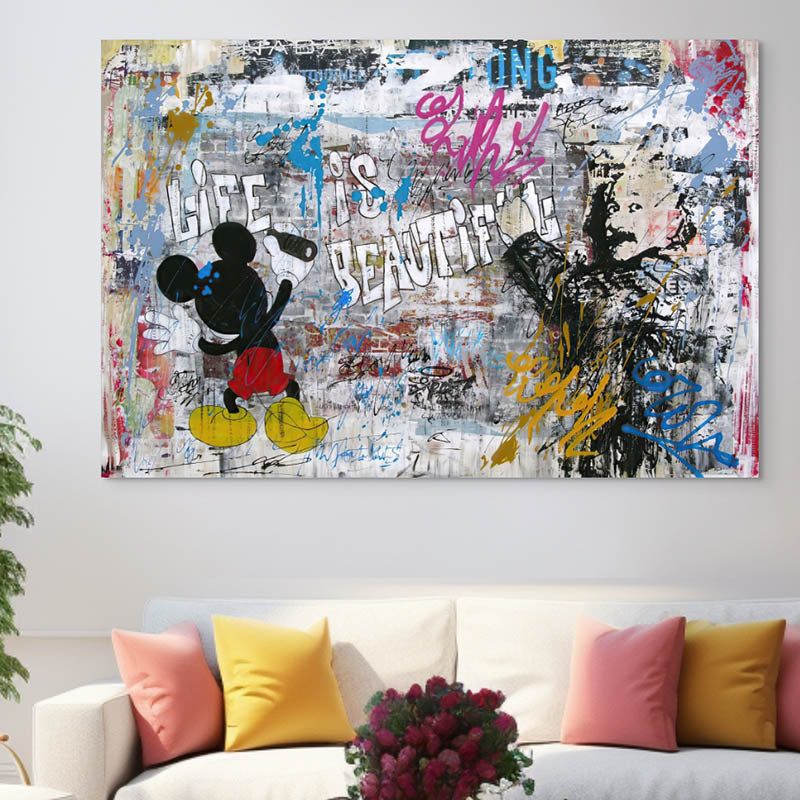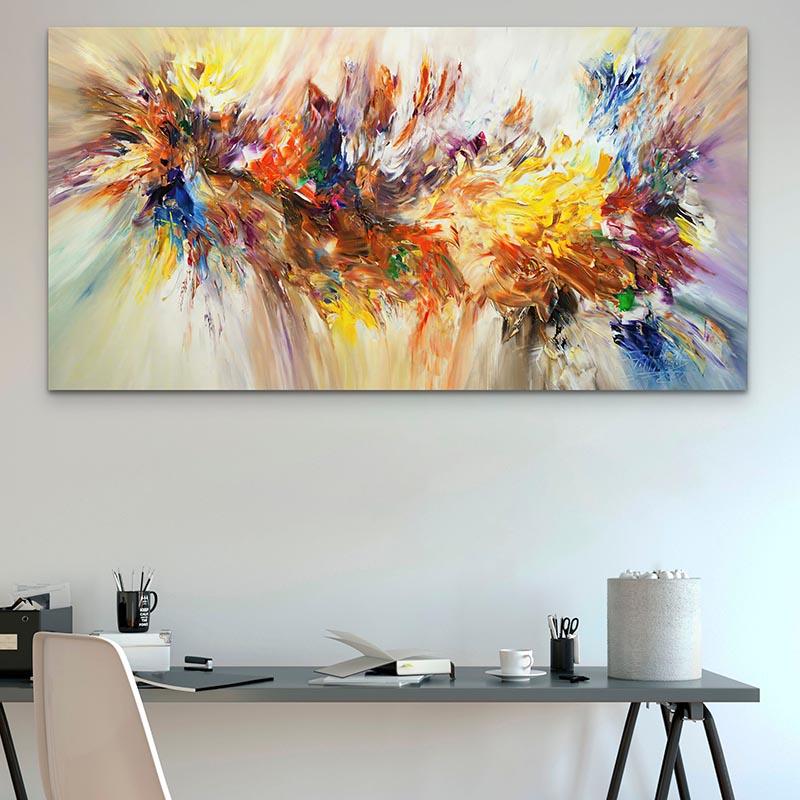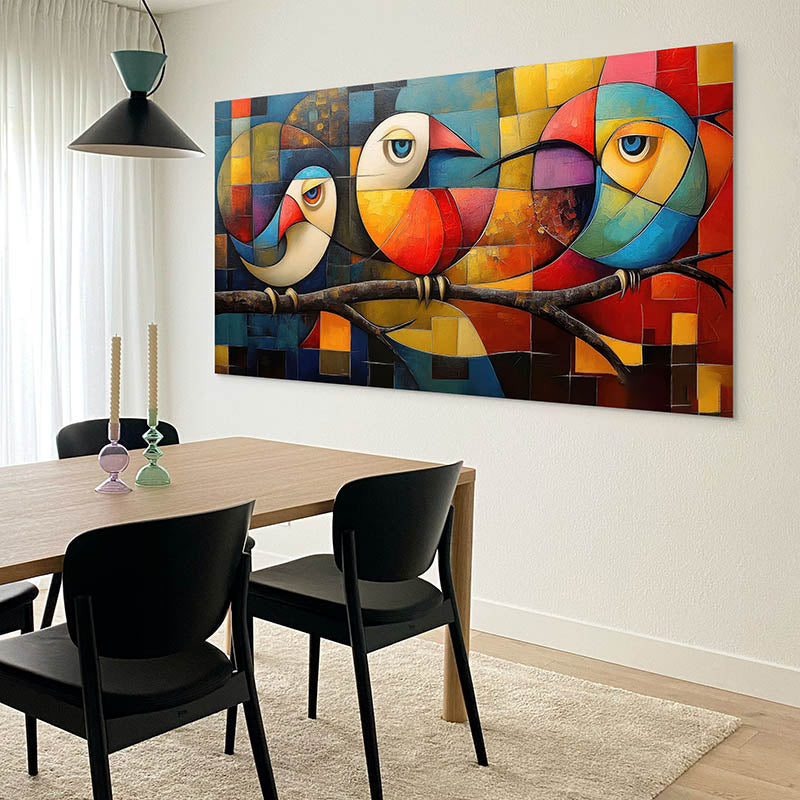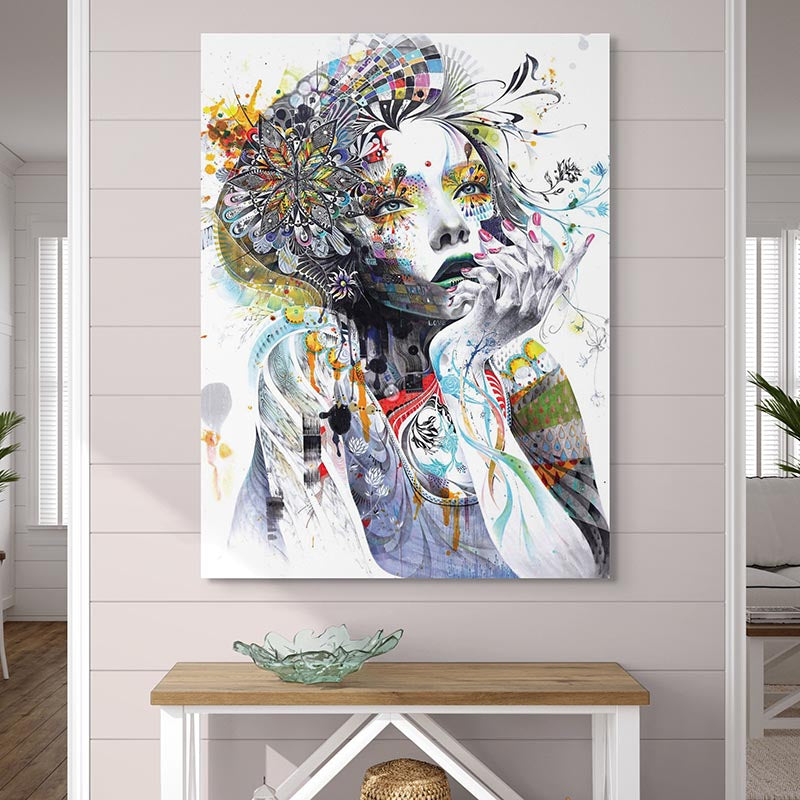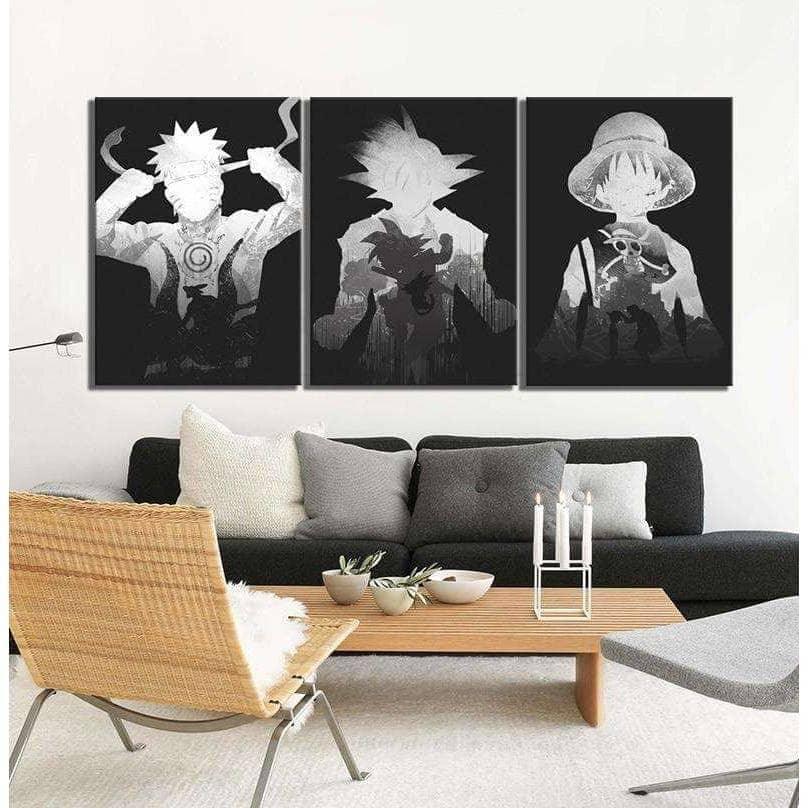Graffiti and Street Art: Two worlds for a single urban decoration

The streets have spoken, and their colorful whispers are invading our interiors. If you've ever had trouble distinguishing graffiti from street art, you've come to the right place. Let's untangle these two fascinating worlds together, and discover how to light up your home with their authentic essence.
Graffiti: The Art of Urban Revolt
If you have ever tagged or seen someone feverishly paint a wall in a public space, then you have touched the heart of graffiti. Born in the urban tumult of the 60s, graffiti burst forth as a strong voice, sometimes illegal, always protesting.
From major American cities to Paris to hip-hop culture, artists like Bando have used walls as canvases, transforming vandalism into a movement of artistic expression.
From Spray to Work: Graffiti Demystified
"If one day tagging is allowed, I'll stop" - Oclock
Graffiti started out as a simple signature, a mark left on a wall or in the subway. But over time, and thanks to artists like Cornbread in Philadelphia or Taki in New York, it evolved into a true art form. From simple tags came breathtaking murals that raised the bar.
When it comes to graffiti, the techniques are as varied as the artists themselves:
- Spray paint: the classic, with brightly colored sprays.
- Murals: enlarged works, often legally commissioned.
- Stencils: stencils for quickly reproducing an image or pattern.
And for those who want to go further, there are even books dedicated to the art of graffiti, to immerse yourself in this universe.
Street Art: From Underground to Pop Culture
As graffiti emerged, another artistic movement was emerging: street art. Less protest-oriented, more aesthetic, and often legal, this art form has invaded urban spaces, from London to Barcelona. Does a name come to mind? Banksy, of course! This artist has popularized this art, while retaining its often satirical character.
Give your home an urban soul
So, ready to give your decor a facelift? Taking inspiration from urban art is a sure way to have a unique interior. Whether you're more of a stencil or a fresco person, each style has its place in our homes. Imagine a fresco inspired by the streets of Berlin in your living room or a stencil reminiscent of the charm of Barcelona in your bedroom.
Let’s dissect Graffiti and Street Art
If you’ve been walking the streets of Paris or the avenues of New York, you’ve probably come across forms of urban art that have caught your eye. But have you ever taken the time to explore and distinguish graffiti from street art? Ah, the complex but fascinating world of urban art! Here, we dive into the origins, the distinctions, and how these masterpieces can beautify your sweet home.
Every wall, every street, every corner has a unique story to tell, etched by talented urban artists. If the aesthetic appeals to you, why not incorporate it into your interior?
The first steps of graffiti
Flashback to the 60s, a time when the walls of Philadelphia and New York were beginning to be colored with new expressions. Graffiti, marked by the appearance of the spray can, was born as a form of protest expression. Artists like Cornbread in Philadelphia were pioneers, tagging their nicknames or messages on public spaces. It was revolutionary, a little illegal, but oh so expressive!
As graffiti evolved, hip-hop culture also played its part, linking street art with music and dance. World War II had left cities in ruins, providing a playground for urban artists. And graffiti spread, reaching a wider audience.
Street art: from the street to commercial glory
In the late 90s, a new art movement was born. Unlike traditional graffiti, street art used a variety of techniques - stencils, posters, stickers and installations. It became a global phenomenon with works by artists like Banksy exhibited in the world's leading galleries. The streets of Paris, New York and other major cities around the world were the canvases of these artists.
With the popularization of the Internet, the works of these artists went viral. Street art then began to move from the streets to art galleries, becoming a form of commercial artistic expression. Of course, this commercialization has attracted criticism. Some believe that street art loses its essence when it becomes too commercial. But can you really blame an artist for wanting to make a living from his art?

How these urban arts transform our interiors
Have you ever stopped to admire the Invader murals in Toulouse or the urban works that color the streets of Europe? If so, then you know that it is much more than just graffiti. Urban arts, such as graffiti and street art, have the power not only to transform urban spaces, but also our interiors. Yes, you read that right! Creating a modern, artistic and aesthetic atmosphere at home is within everyone's reach.
From the high bar of a mural to the subtlety of a stencil, these diverse art forms find their origins in urban culture and practice.And now, more and more people are looking to incorporate this urban spirit into their interior design. From graffiti artists to urban art lovers, the desire to get closer to this aesthetic is palpable.
Misconceptions about graffiti
We often tend to associate graffiti with illegal tags or vandalism, especially if we think of the first modern graffiti in Philadelphia or Berlin. However, it is much more complex than that. Knowing its true definition and characterizing its artistic richness can sometimes seem like a treasure hunt in a public space. But the reality? Is that behind each image, there is a story, a culture and often a powerful message. So, let's define a few points.
Graffiti is not simply vandalism. Some consider tagging public property without permission to be an act of vandalism, but this definition is far too simple. Graffiti, at its core, is a form of artistic expression of its own. It is part of hip-hop culture, just like dance and music. It is a way for artists to tell stories, criticize society, or simply beautify a place.
"There is a remarkable diversification between them" - Unknown
To delve deeper into the subject, it would also be interesting to look at artists such as Banksy, known for their often satirical nature and their social commitment. And let's not forget that some of these artists now have works exhibited in prestigious places like the Paul Valéry Museum. So, the next time you come across graffiti in the street, take a moment to appreciate it. It could well be the work of a future great artist!
Street art: Art for everyone?
Street art, often seen as the most democratic form of art, has its roots in the street art movements of Paris and other major European cities. Public and artistic in nature, it offers everyone a platform to express themselves. However, while this art is becoming more democratic and has an important place in our society, it is sometimes criticized for its commercial tendency, especially when it moves from the alleys to the exhibition galleries.
The success story of street art, with French and international urban artists, has sometimes led to a form of commercialization. Critics believe that the passage of art from the street to the gallery can make it lose its essence and democratic value. However, the growing popularity of street art underlines its undeniable impact on the modern art world.
The role of the Internet in the spread of street art
The digital age, with the advent of the Internet and social networks, has shaken up the world of art. Street artists, in particular, have been able to benefit from rapid international visibility thanks to this digital revolution. The spread of urban art, once confined to the walls of big cities like New York or Berlin, is now finding a wider audience thanks to digitalization.
"For some time now, especially since the global success of Banksy, not a week goes by without the media reporting an event related to urban arts" - Unknown
Social media allows artists to share their work, follow trends and develop new techniques. This modernized hip-hop culture, boosted by the power of the Internet, has fostered the emergence of new talent and has undeniably contributed to the explosion in popularity of contemporary street art.
Breaking free from stereotypes: Street art and integration
Street art, with its often satirical nature and expressive power, goes beyond simple murals. It also serves as a bridge between different cultures and social classes, breaking down barriers and promoting integration into society. Across the world, from Paris to London, artists use this art to convey strong and modern messages, thus participating in the diversification of the urban art movement.
This art form, which transcends social and cultural boundaries, transforms the voices of the marginalized into powerful works of art. Social integration through street art provides a space for communication and artistic expression, offering a new perspective on modern society.
Graffiti: Beyond the tag
When we talk about graffiti, the image that often comes to mind is that of a simple signature or tag on a wall. However, graffiti, as an art form, goes far beyond that. From its beginnings in major American cities, such as Philadelphia with Taki, to the worldwide fame of Banksy, graffiti has established itself as a powerful artistic expression.
"Street art is to graffiti what Doc Gynéco is to rap. Different, but from the same movement." - Aria Jones
Tagging, often considered as simple degradation, actually hides a cultural richness and a deep history. Graffiti, through its styles, techniques and cultural impact, has evolved into a form of aesthetic and modern wall art, reflecting the expression and technique of the artist. Its role in modern urban culture is undeniable and continues to inspire new generations of urban artists.

